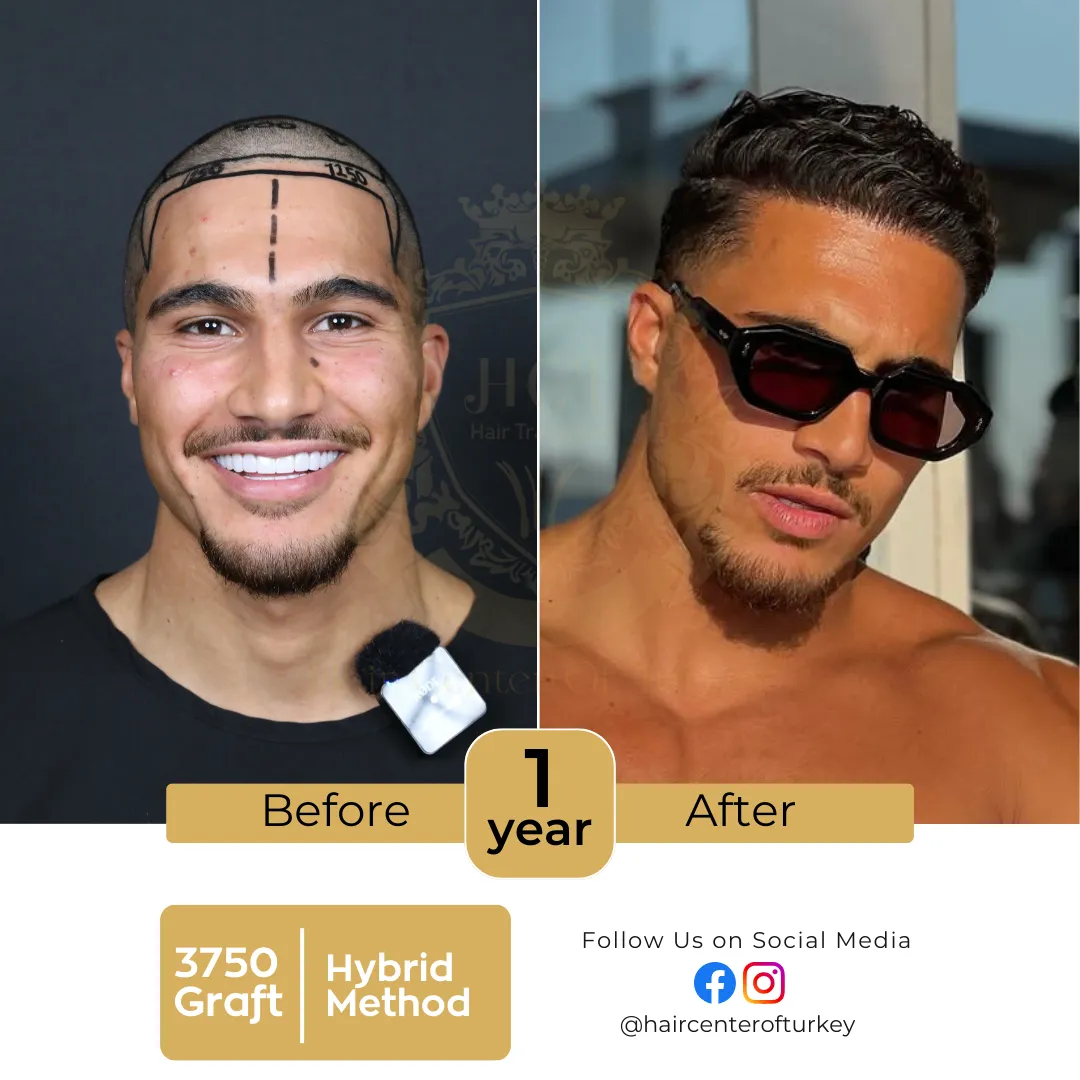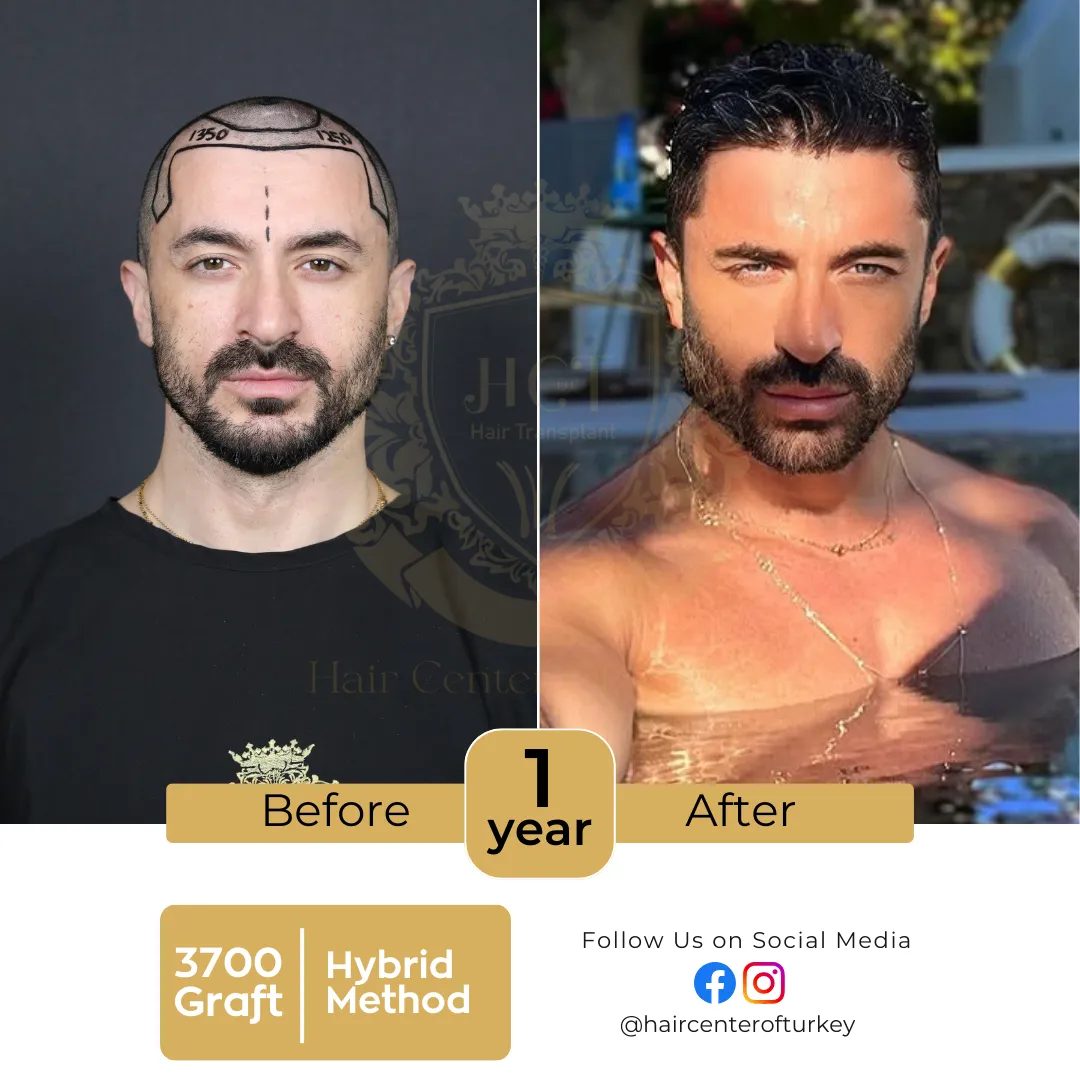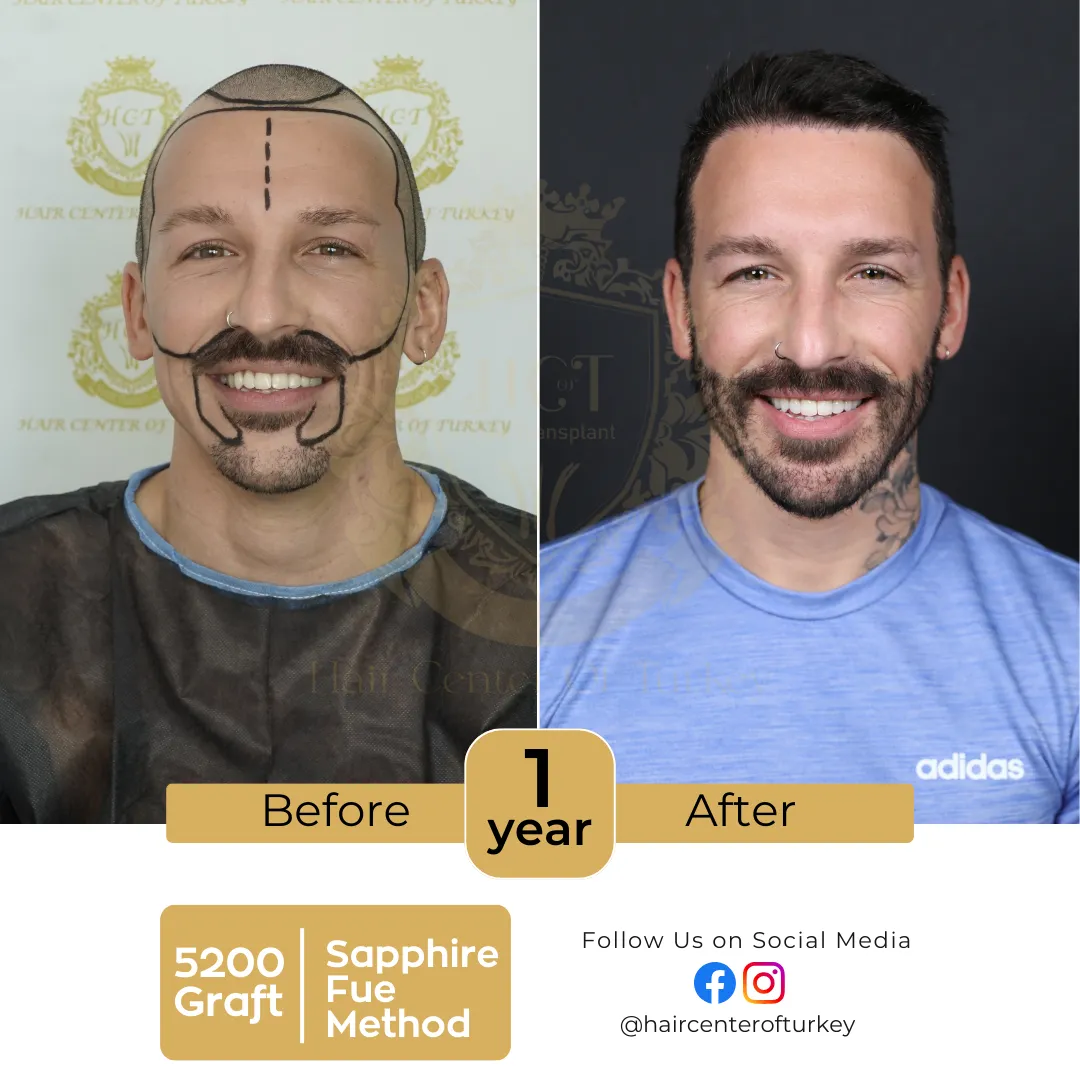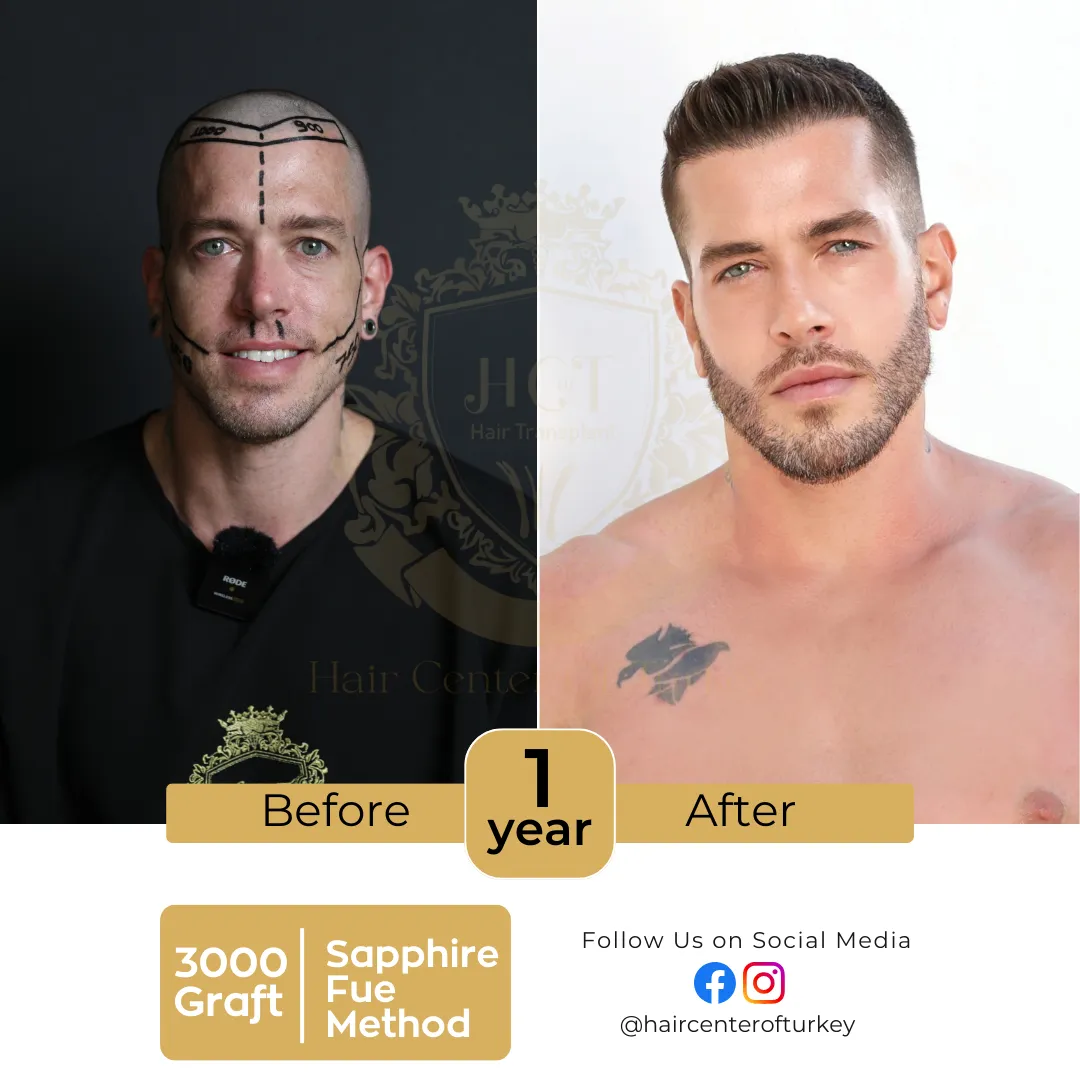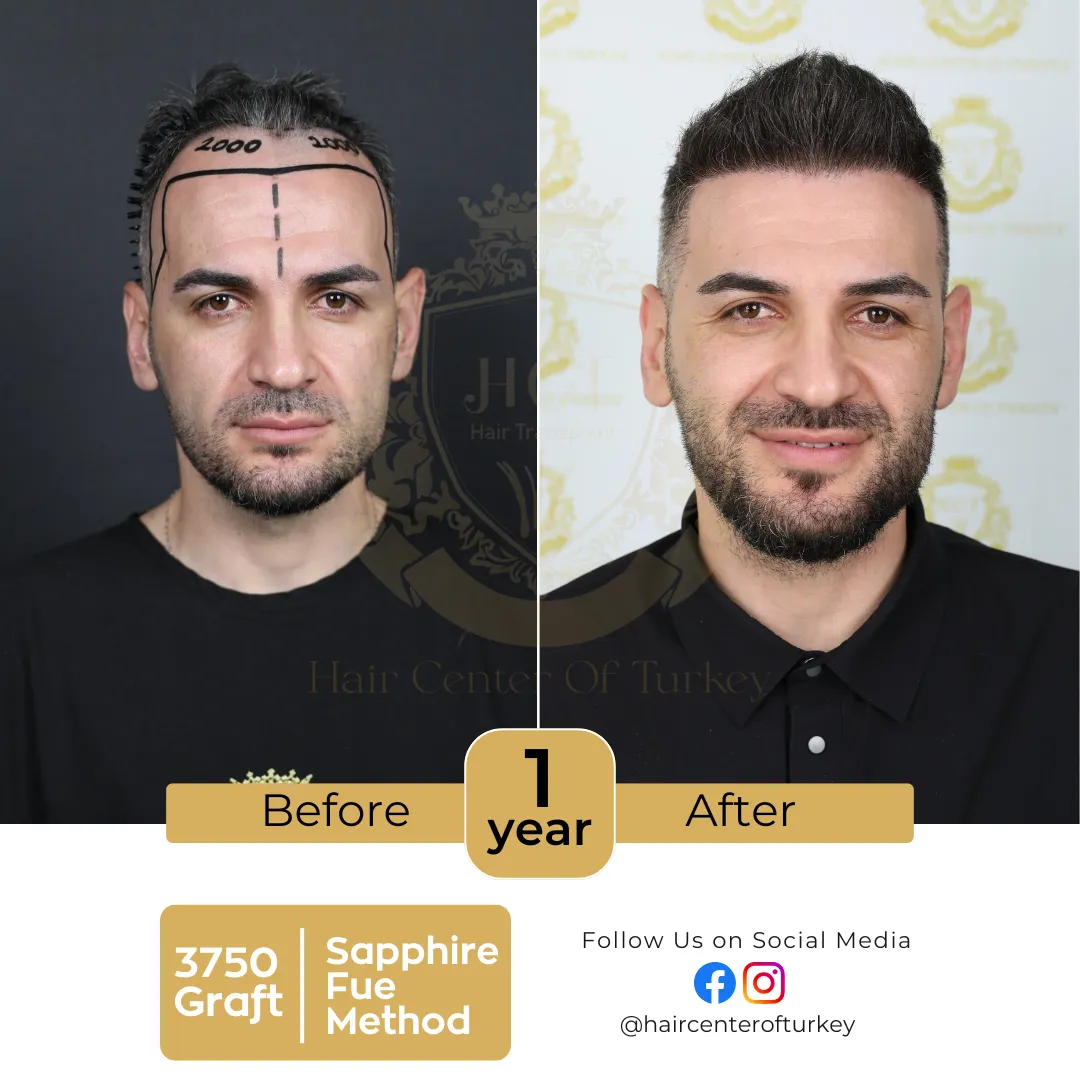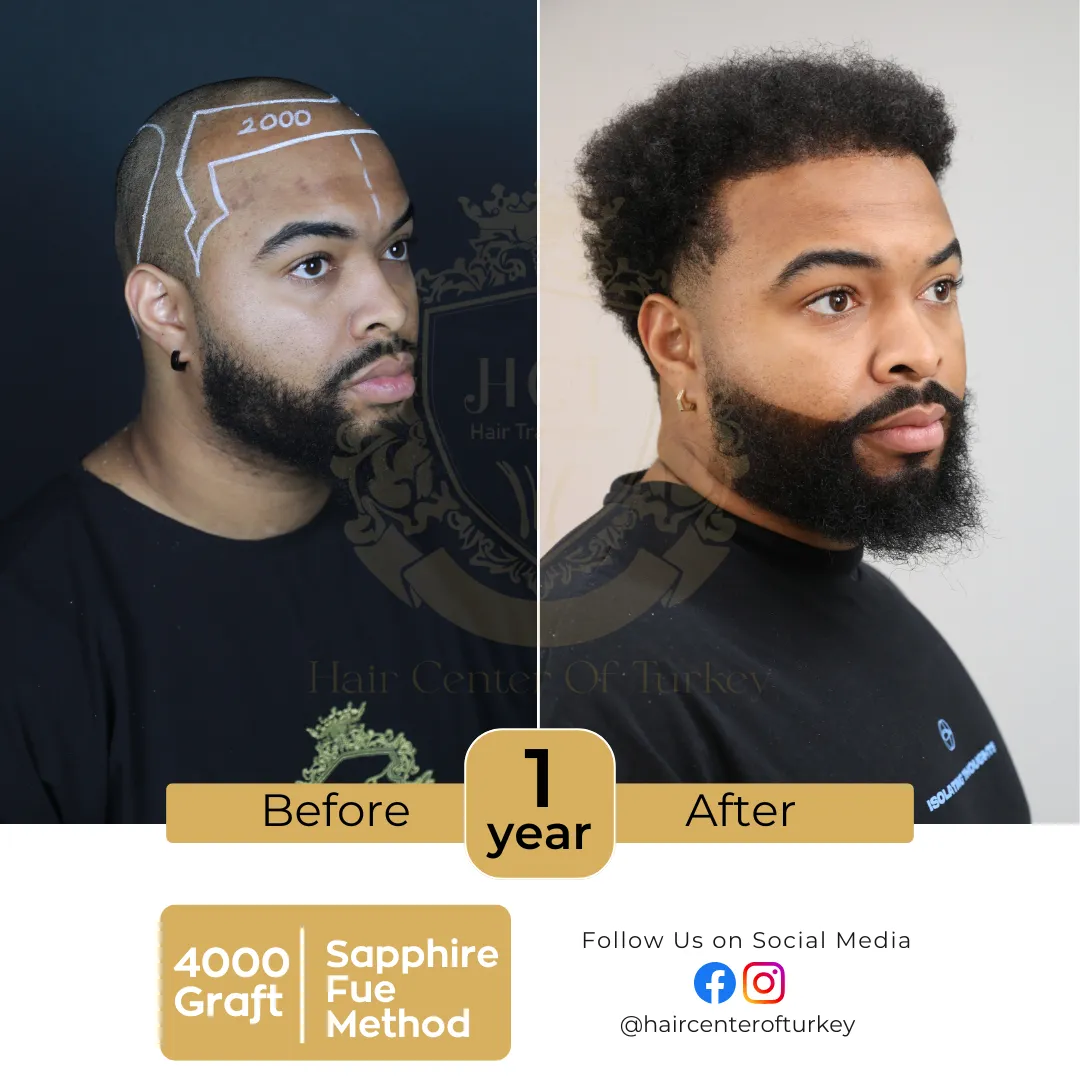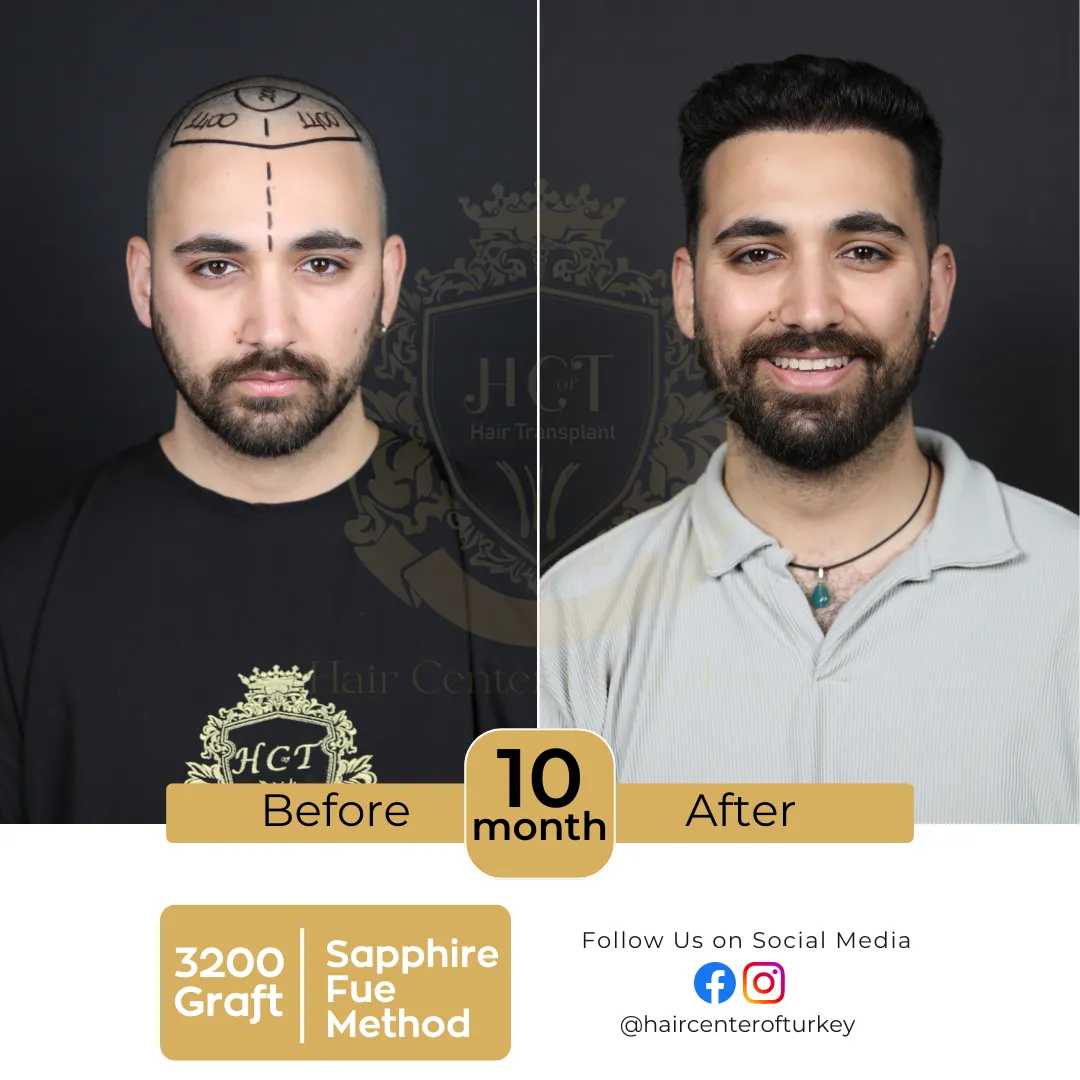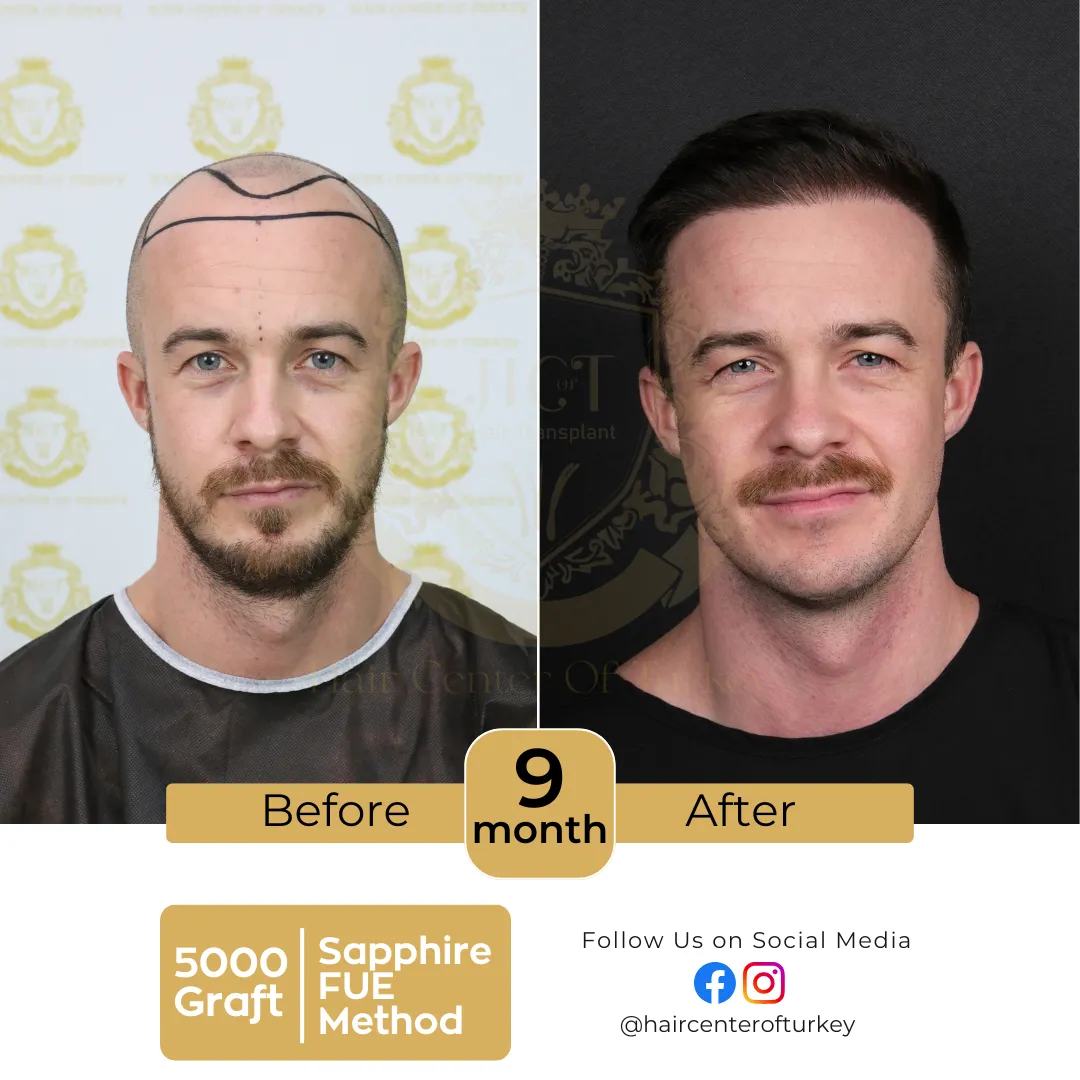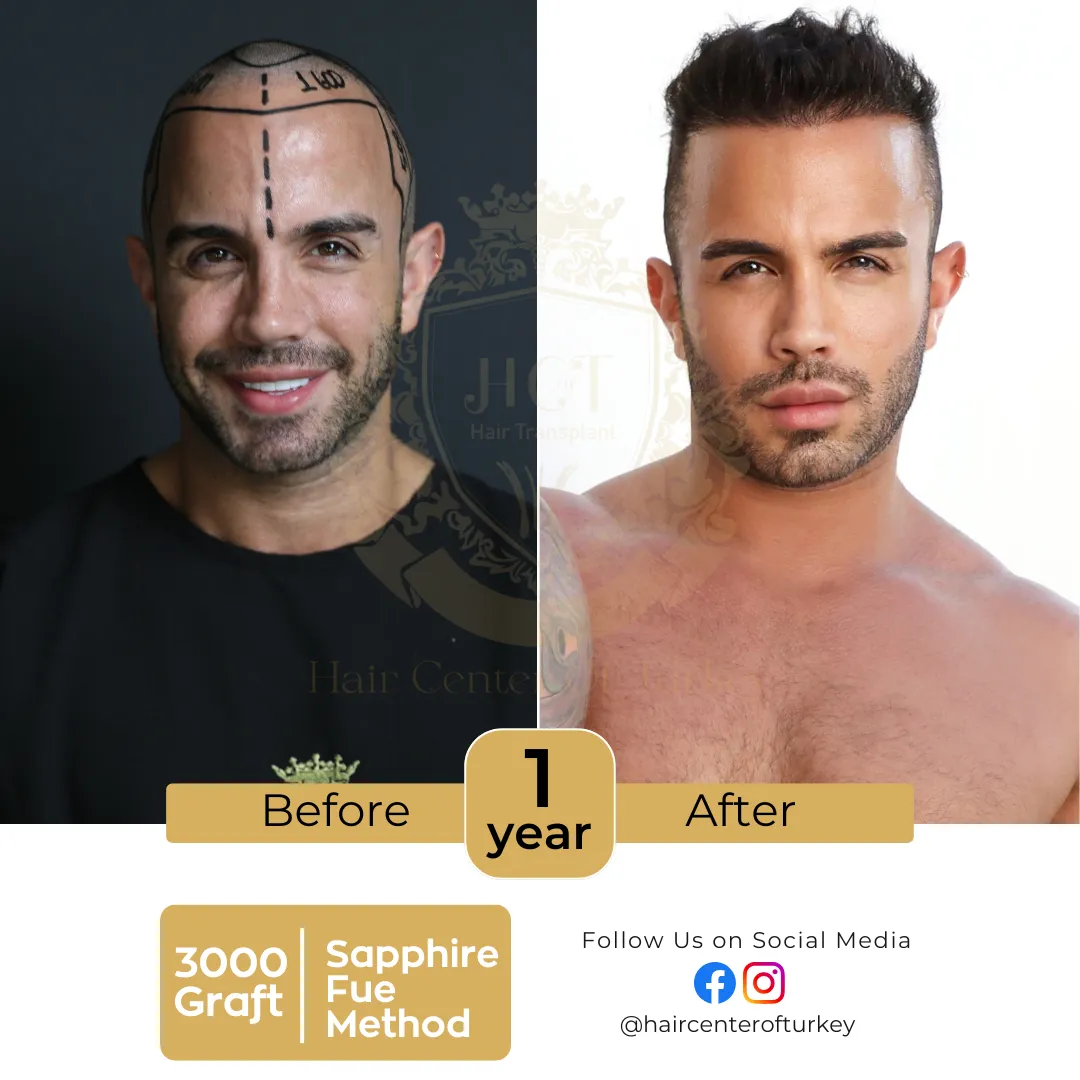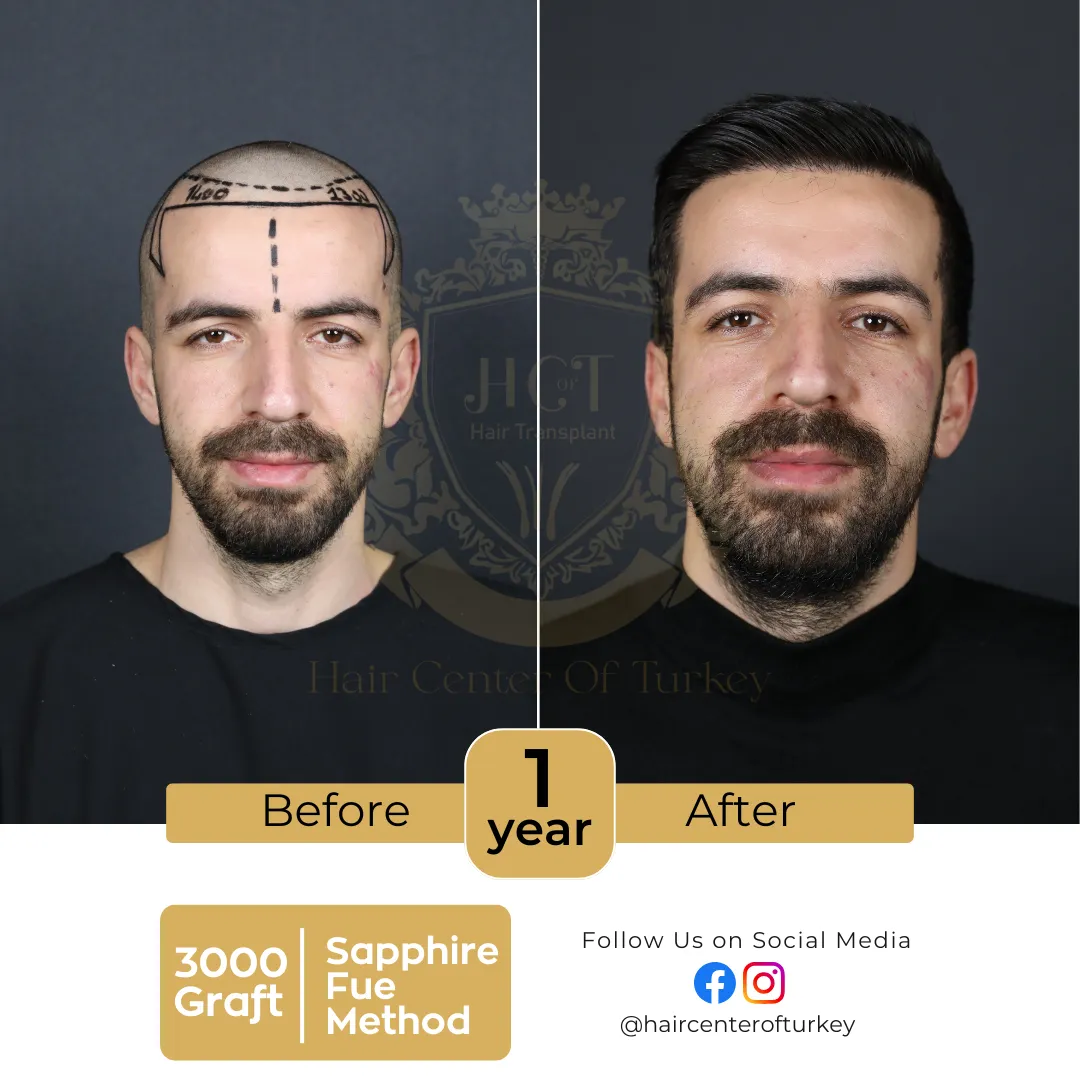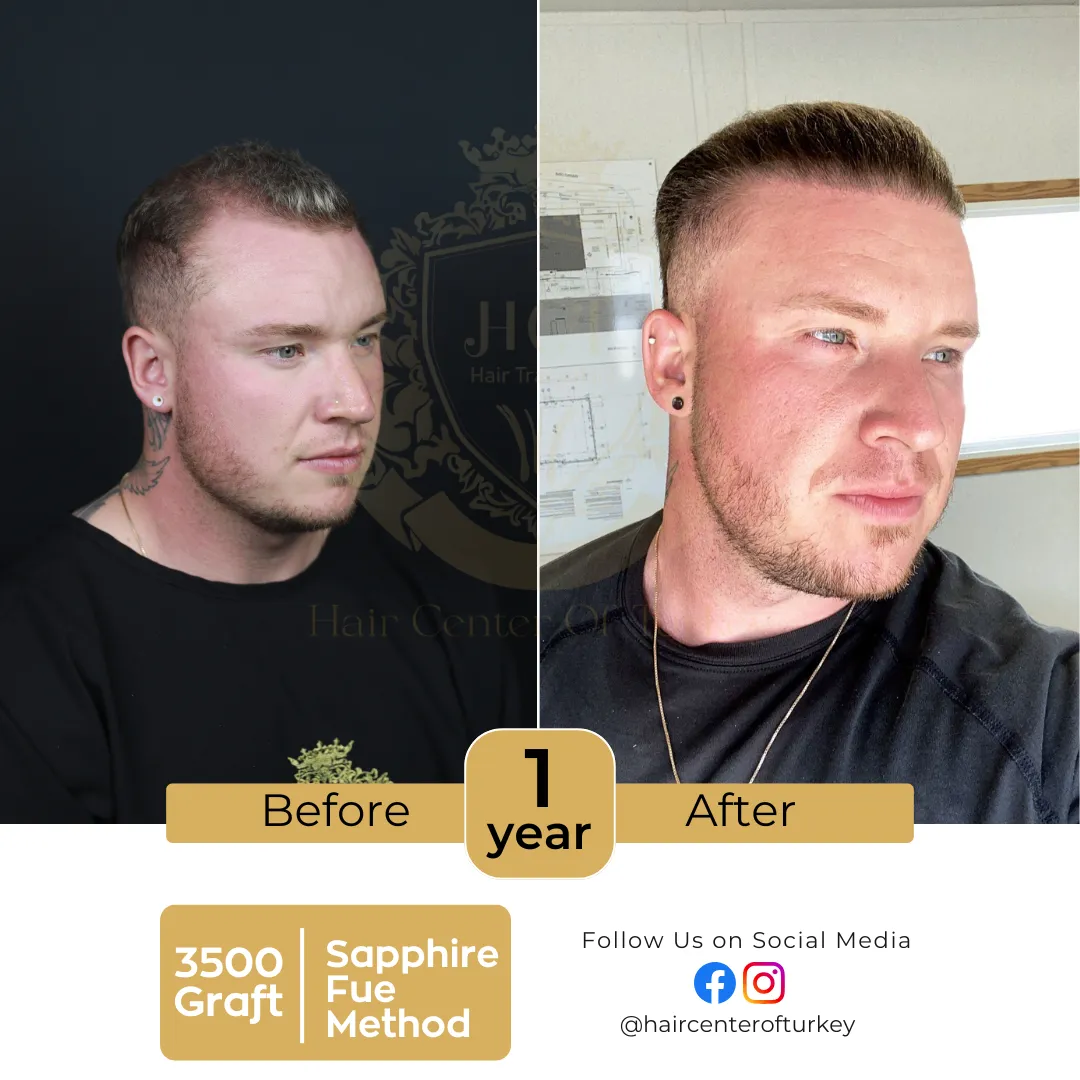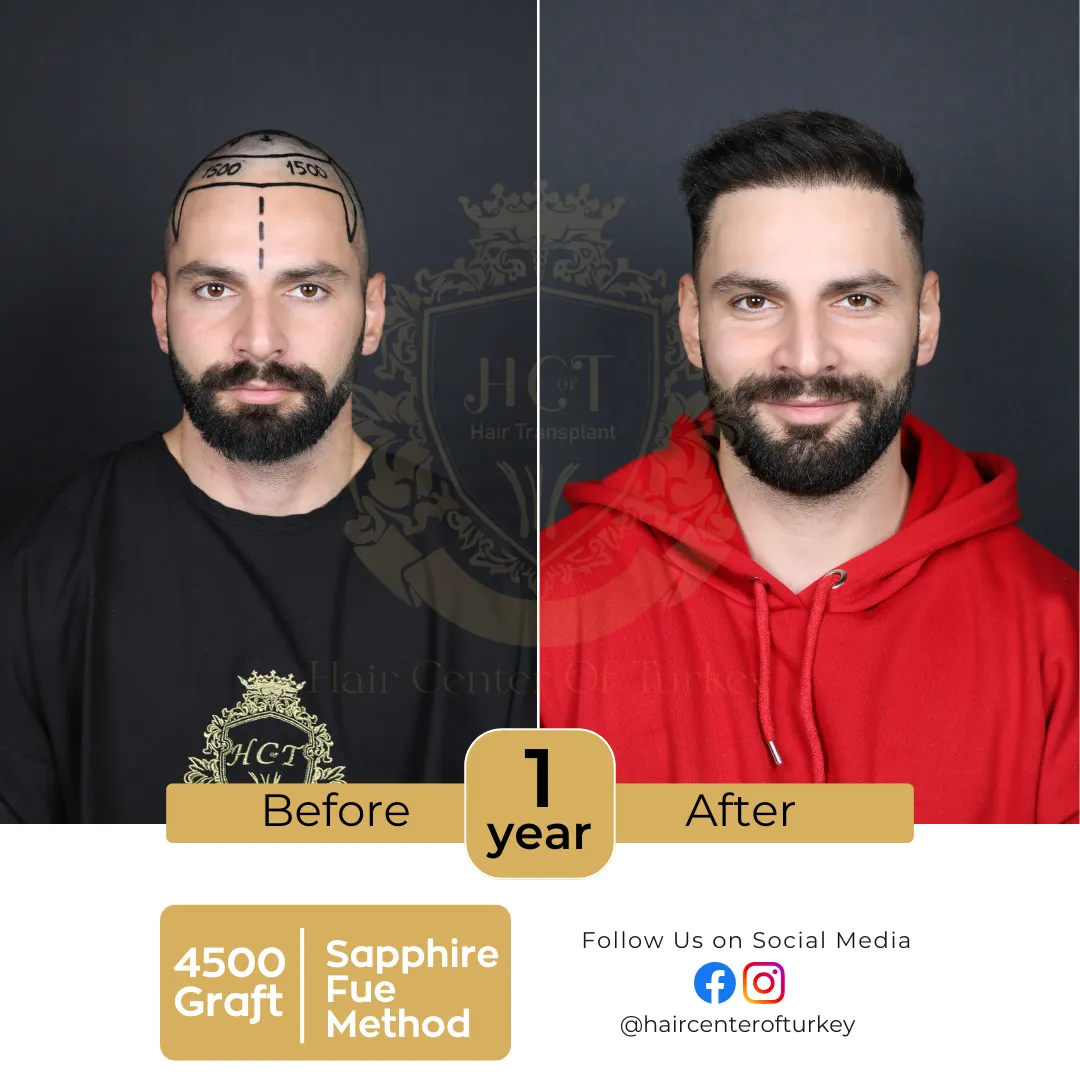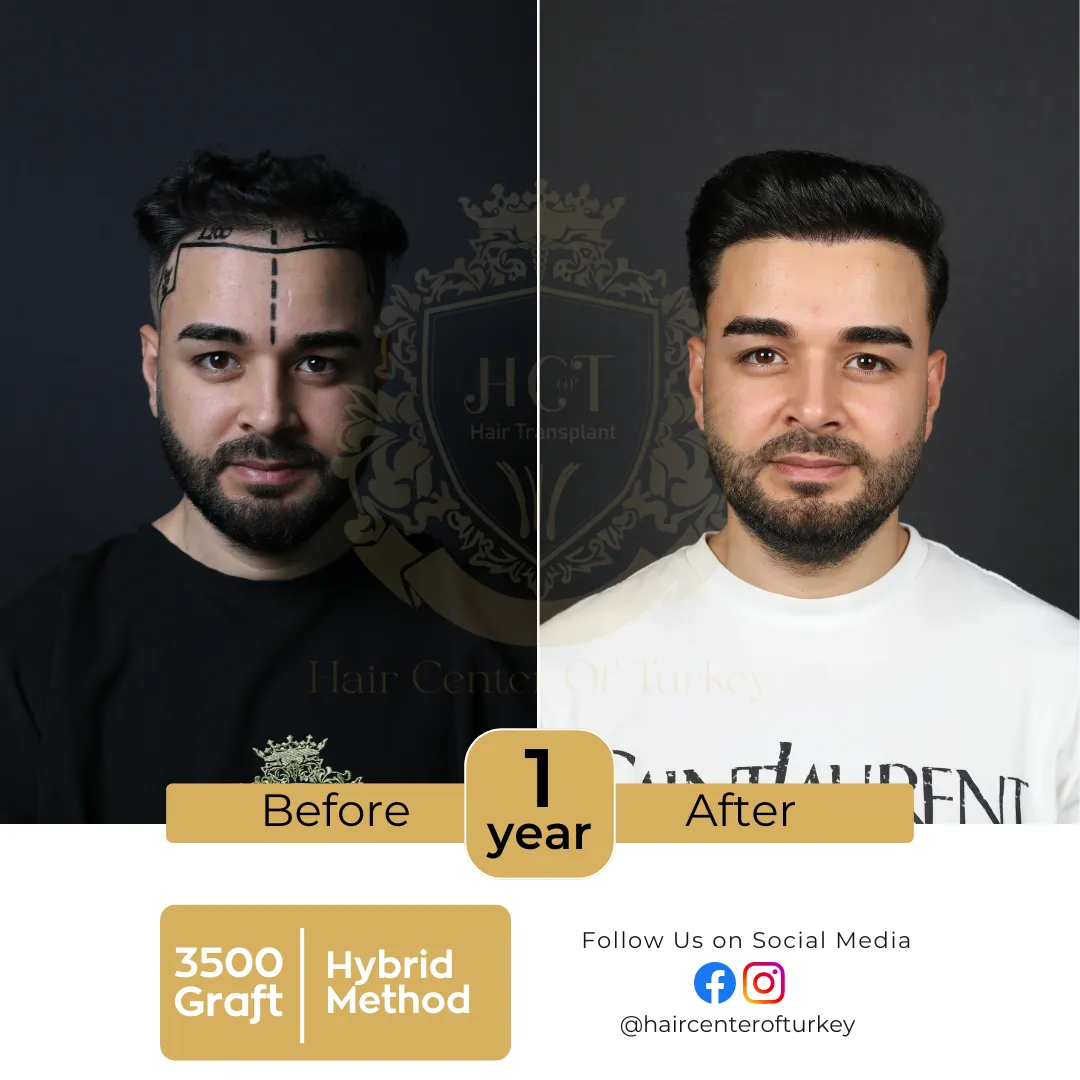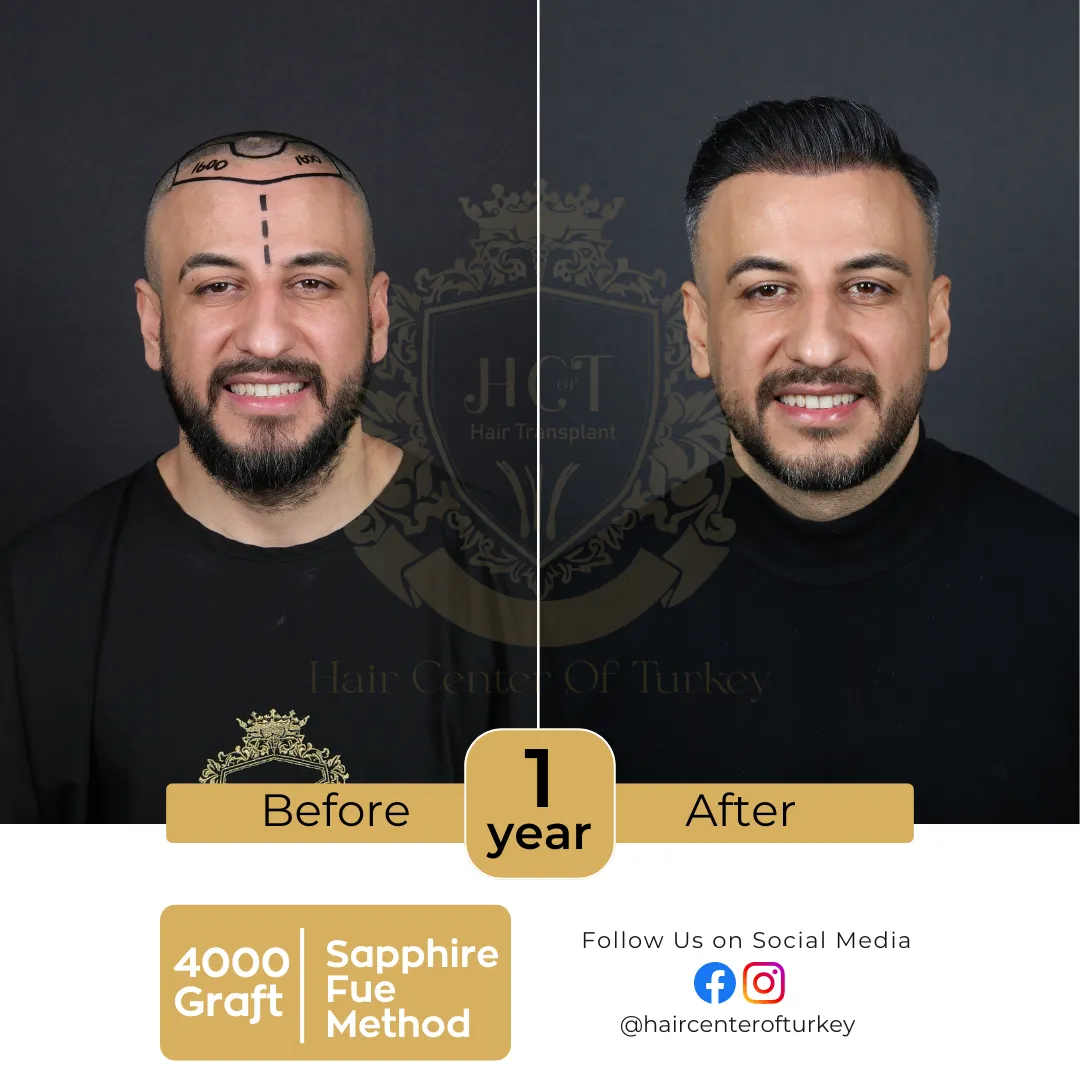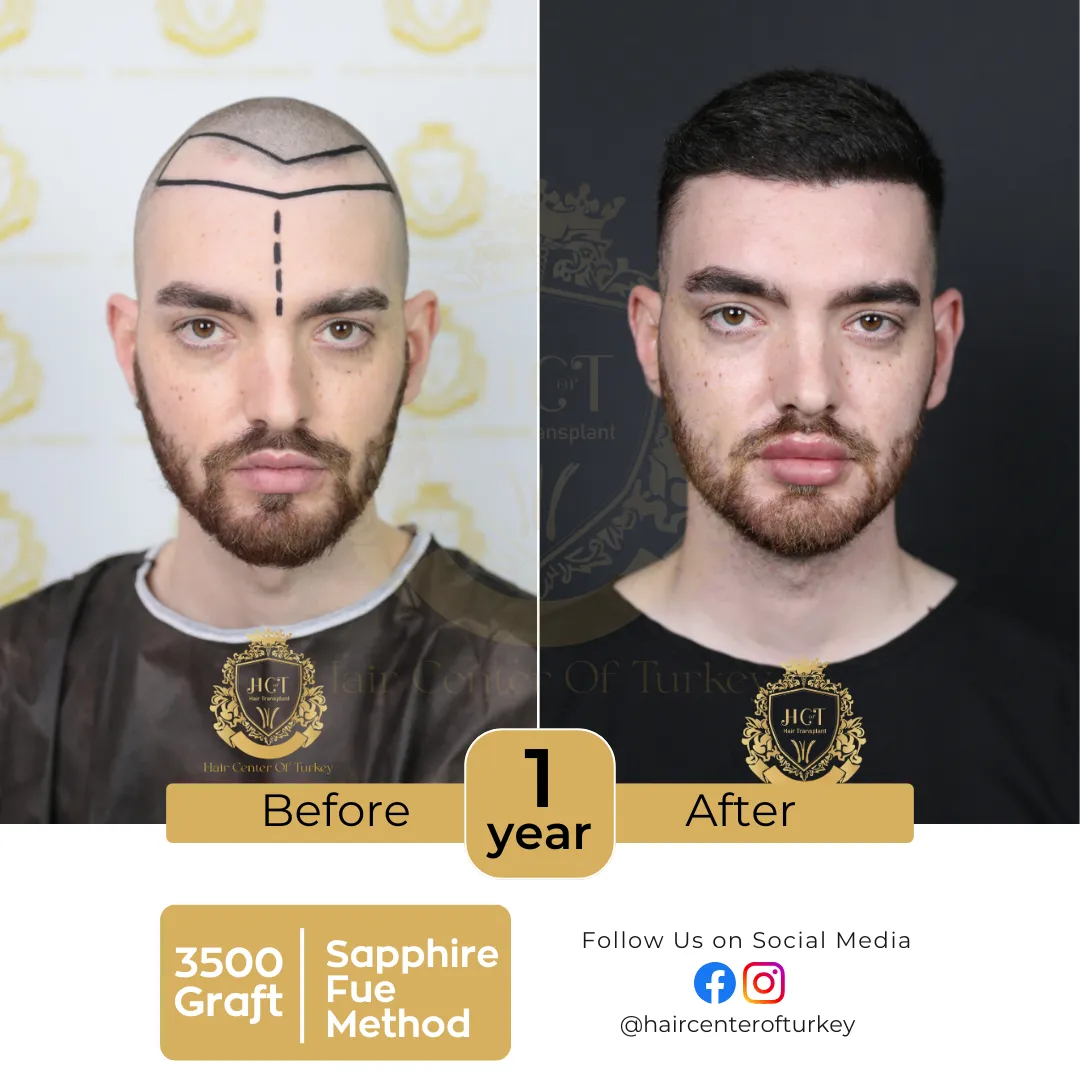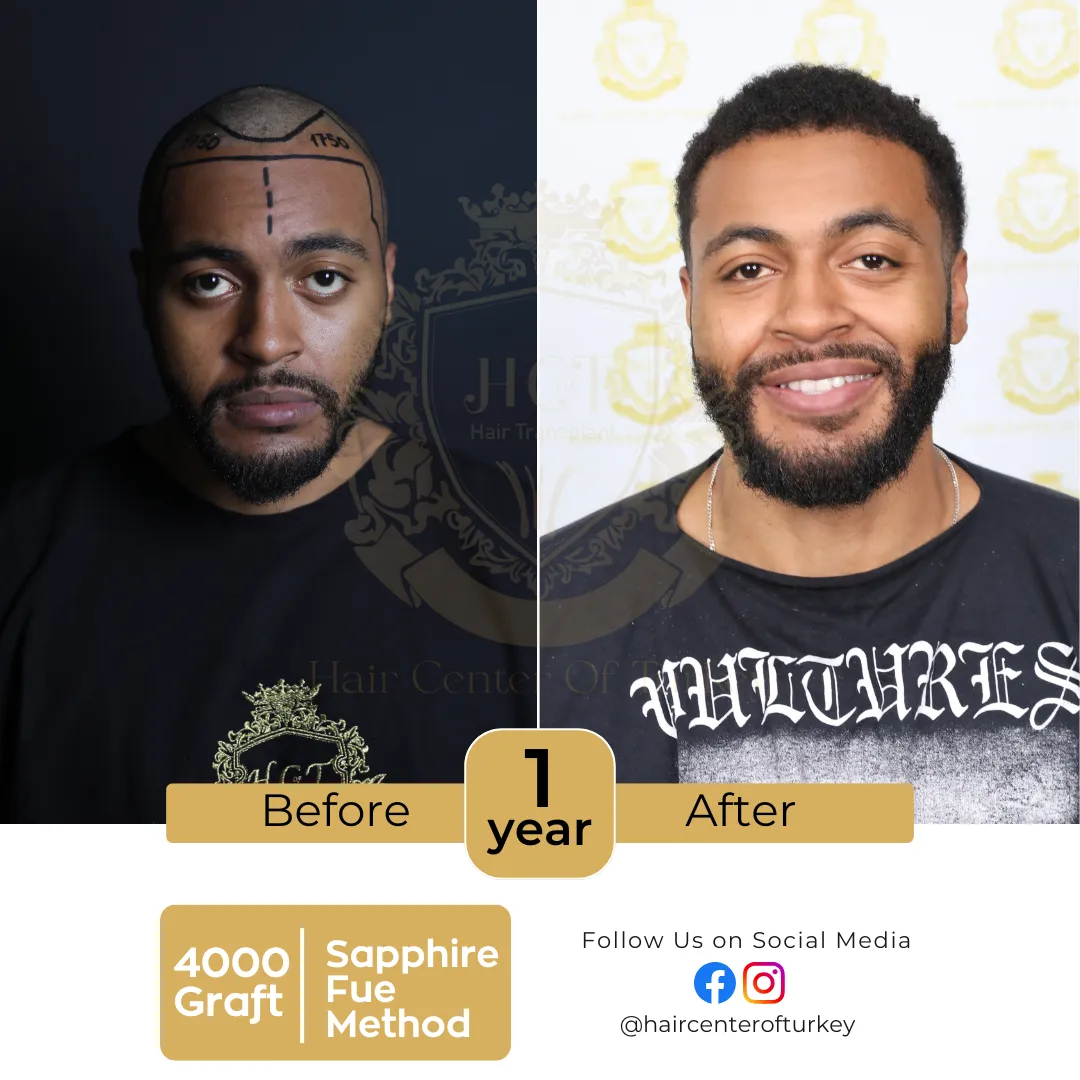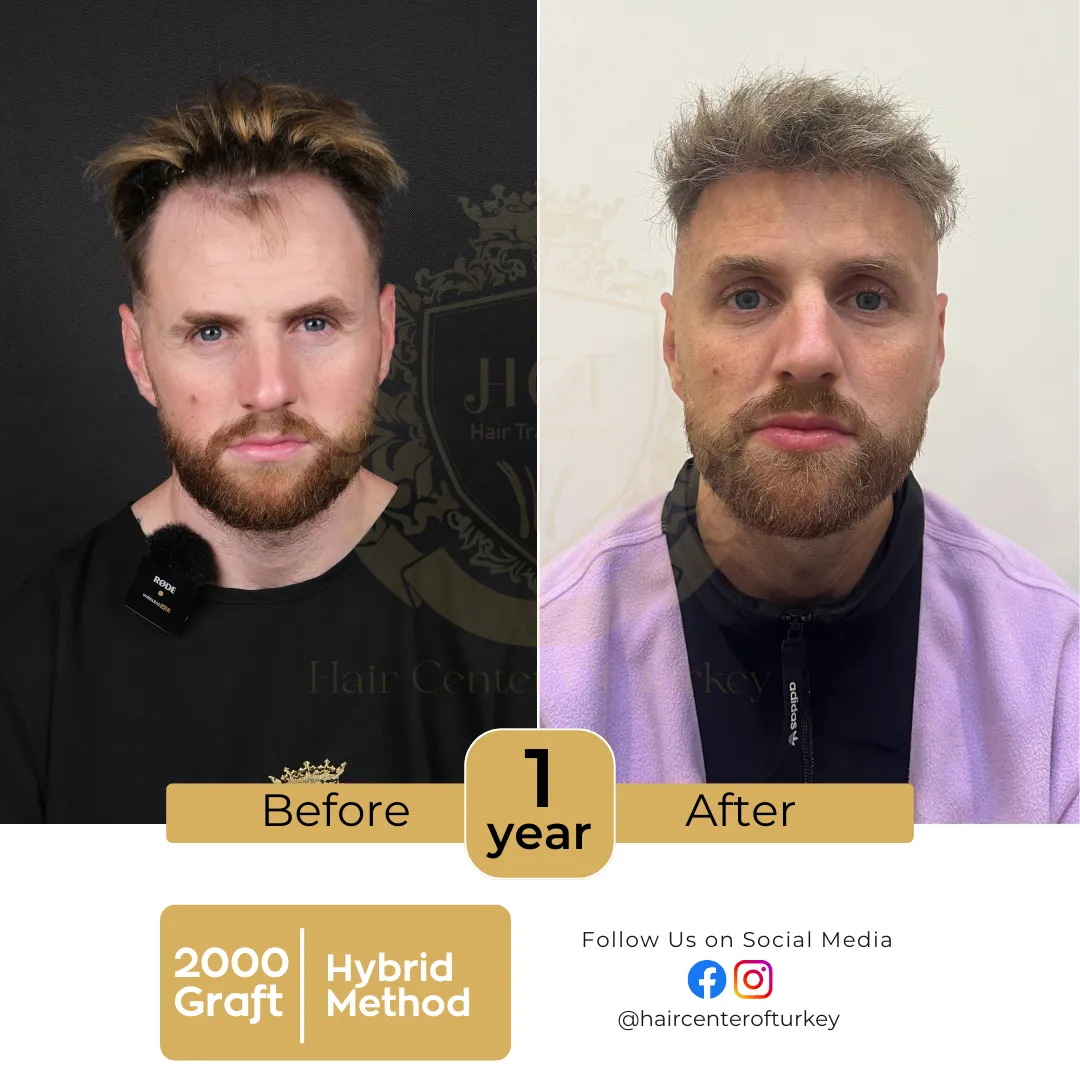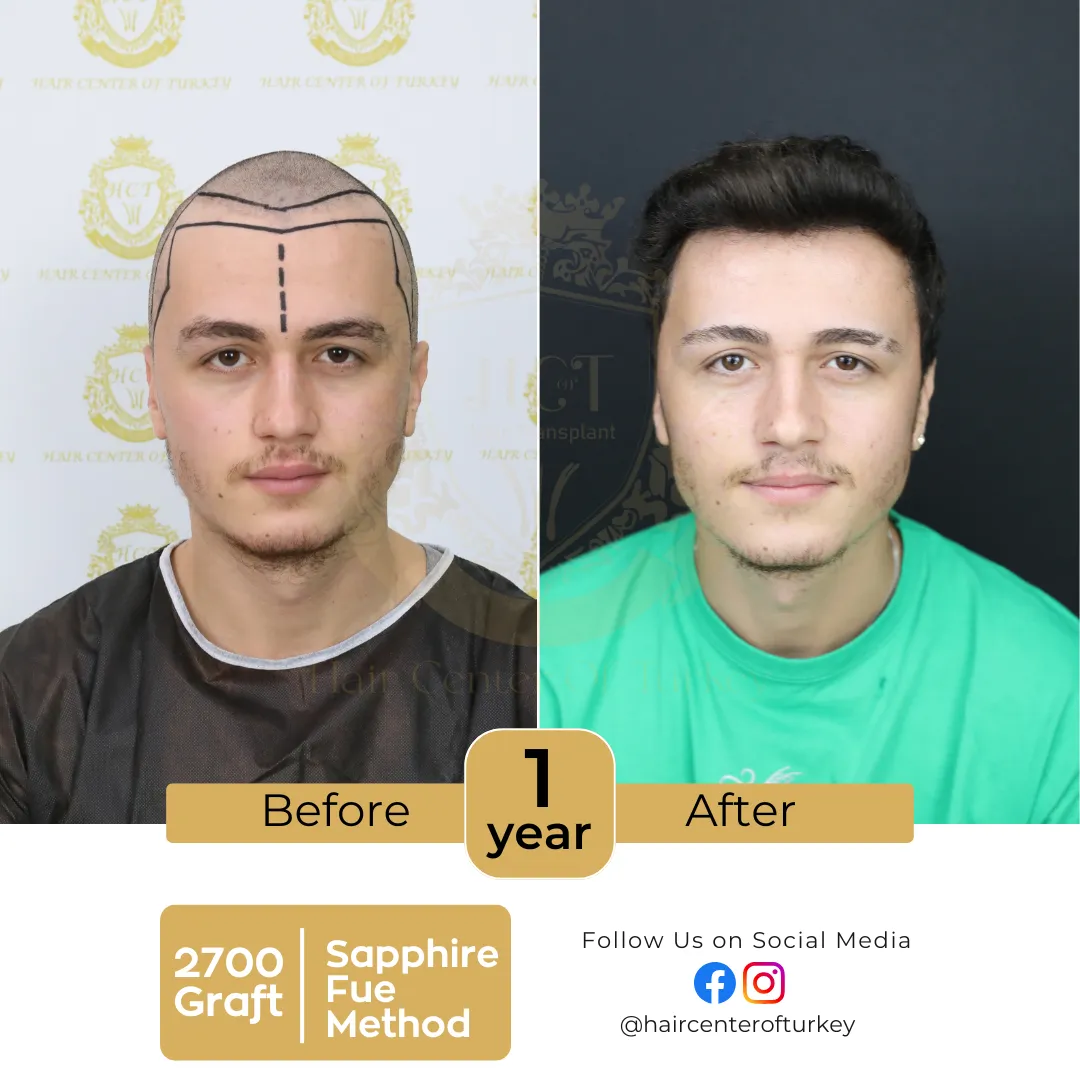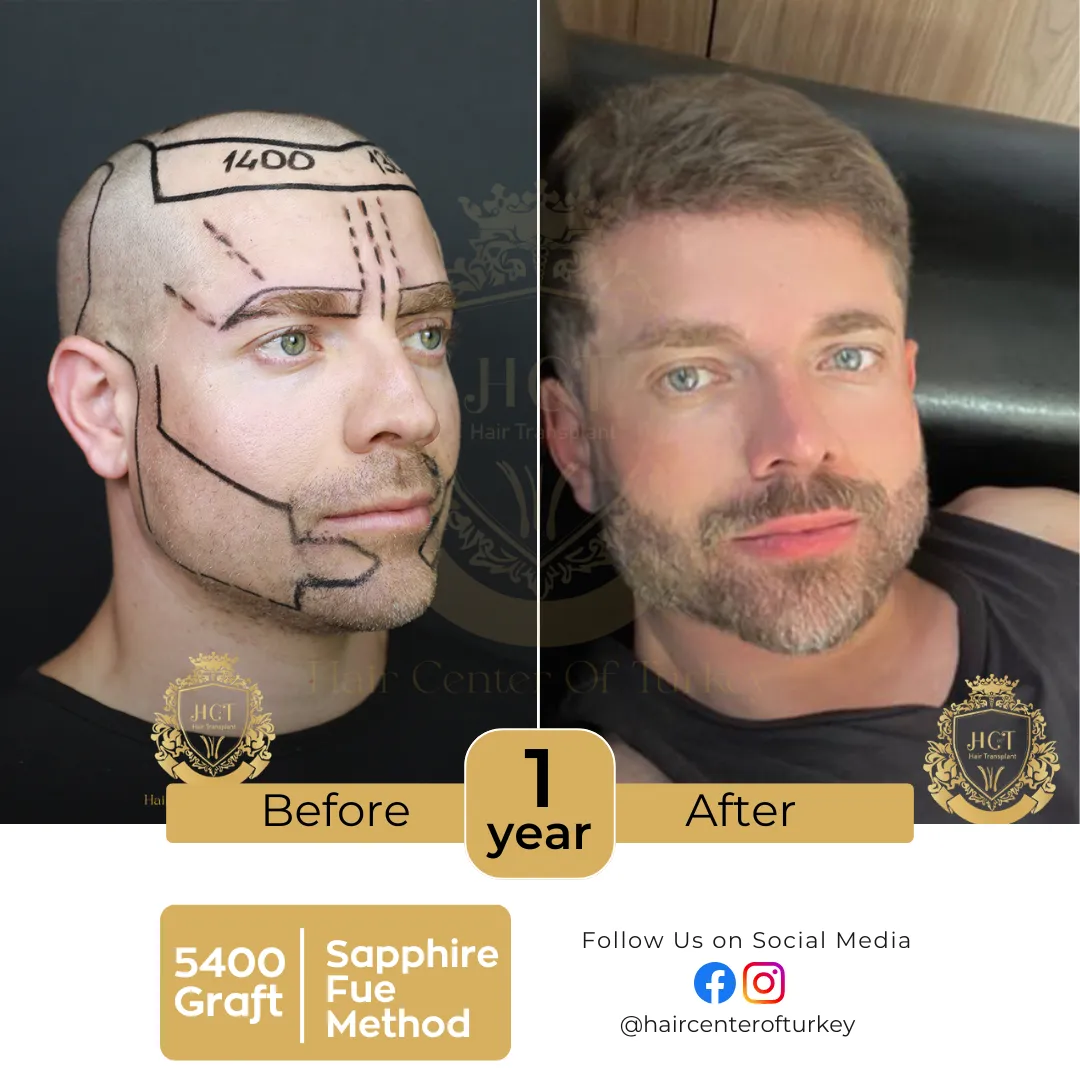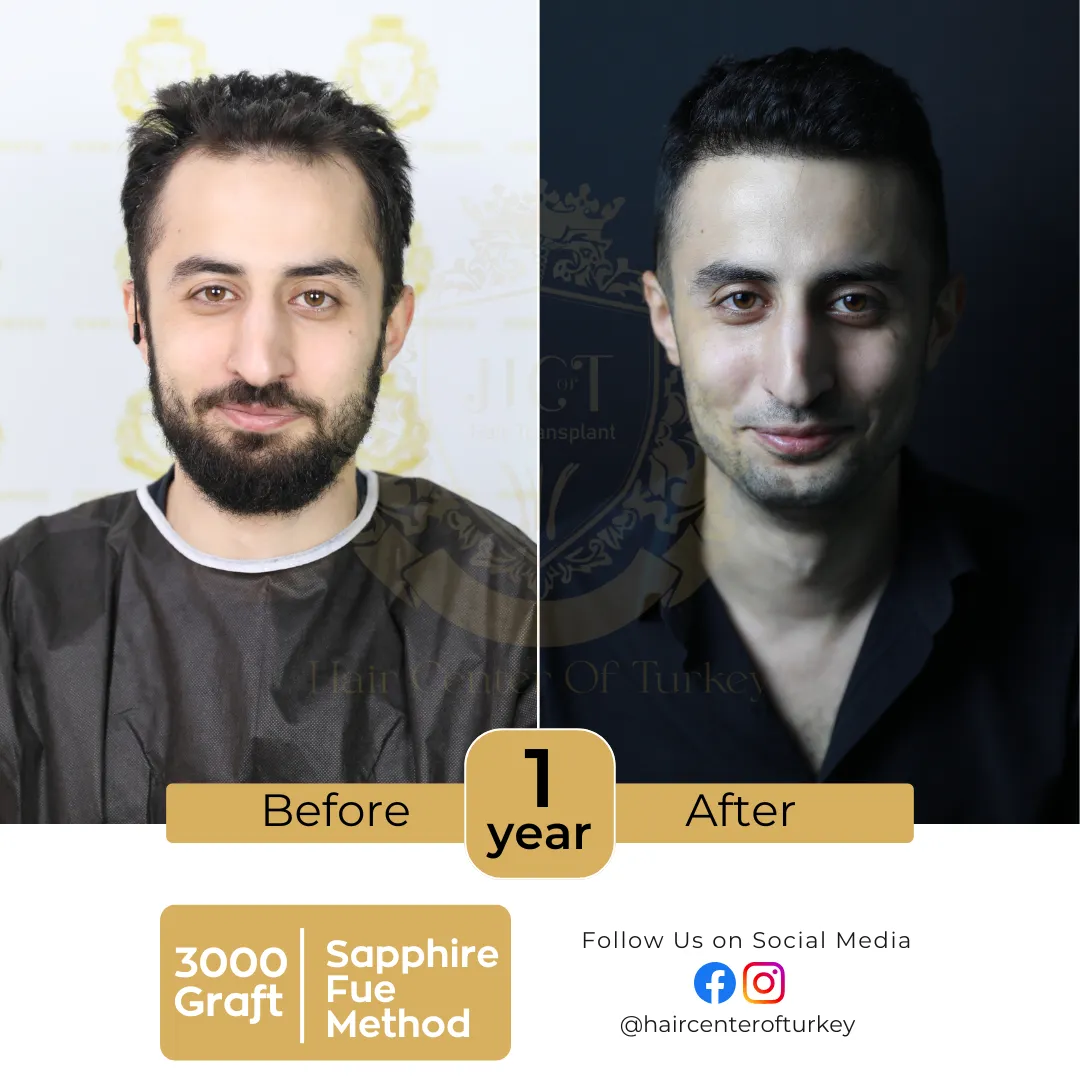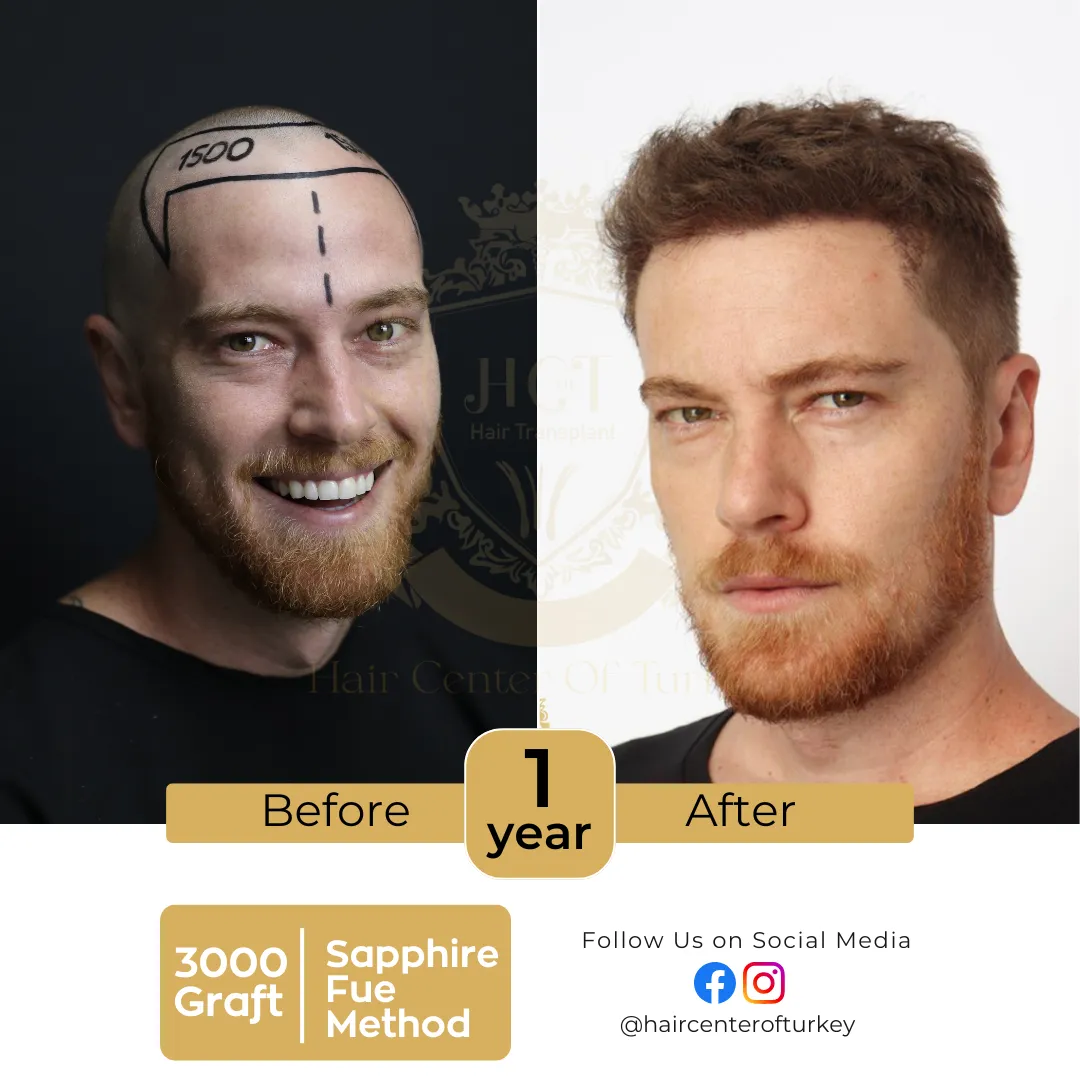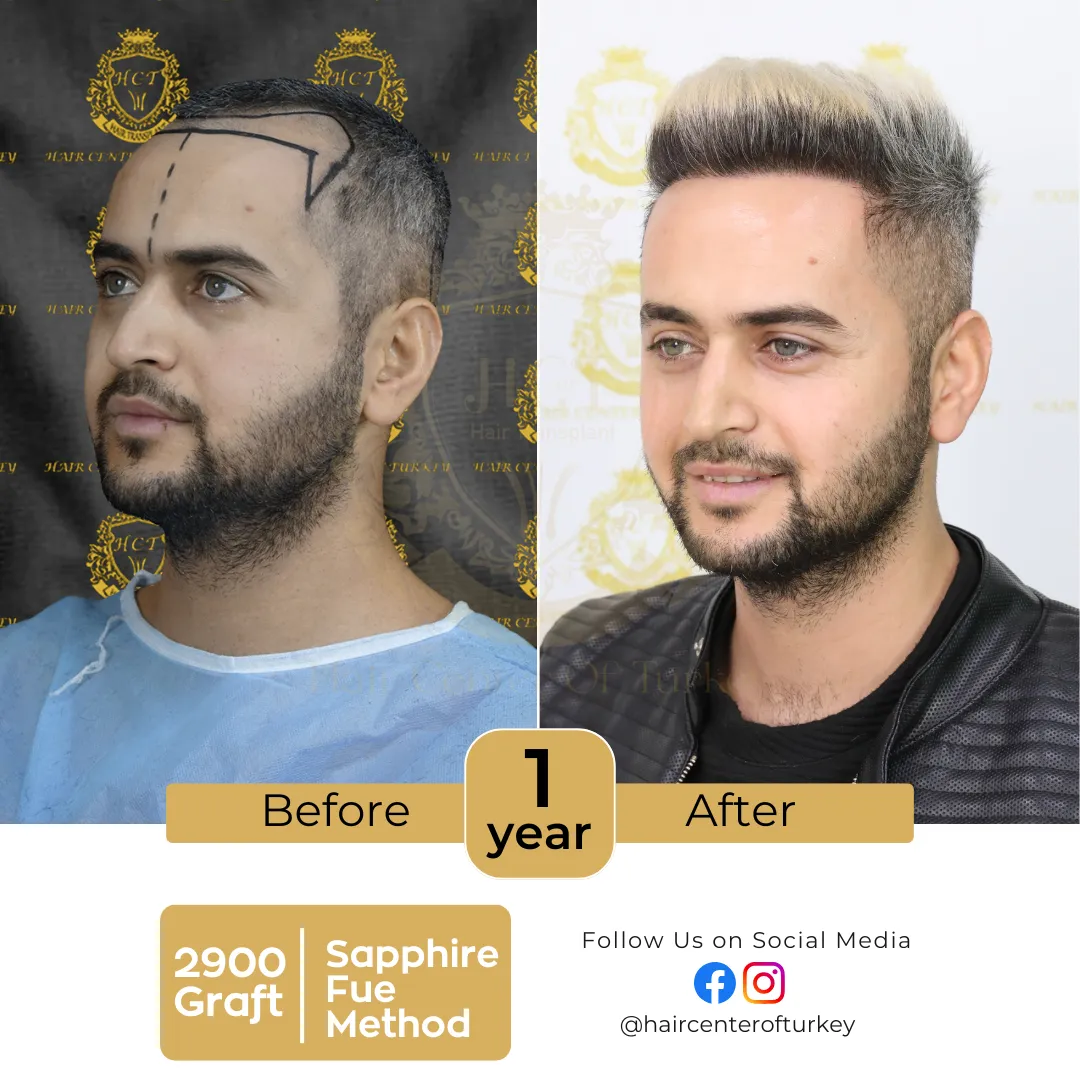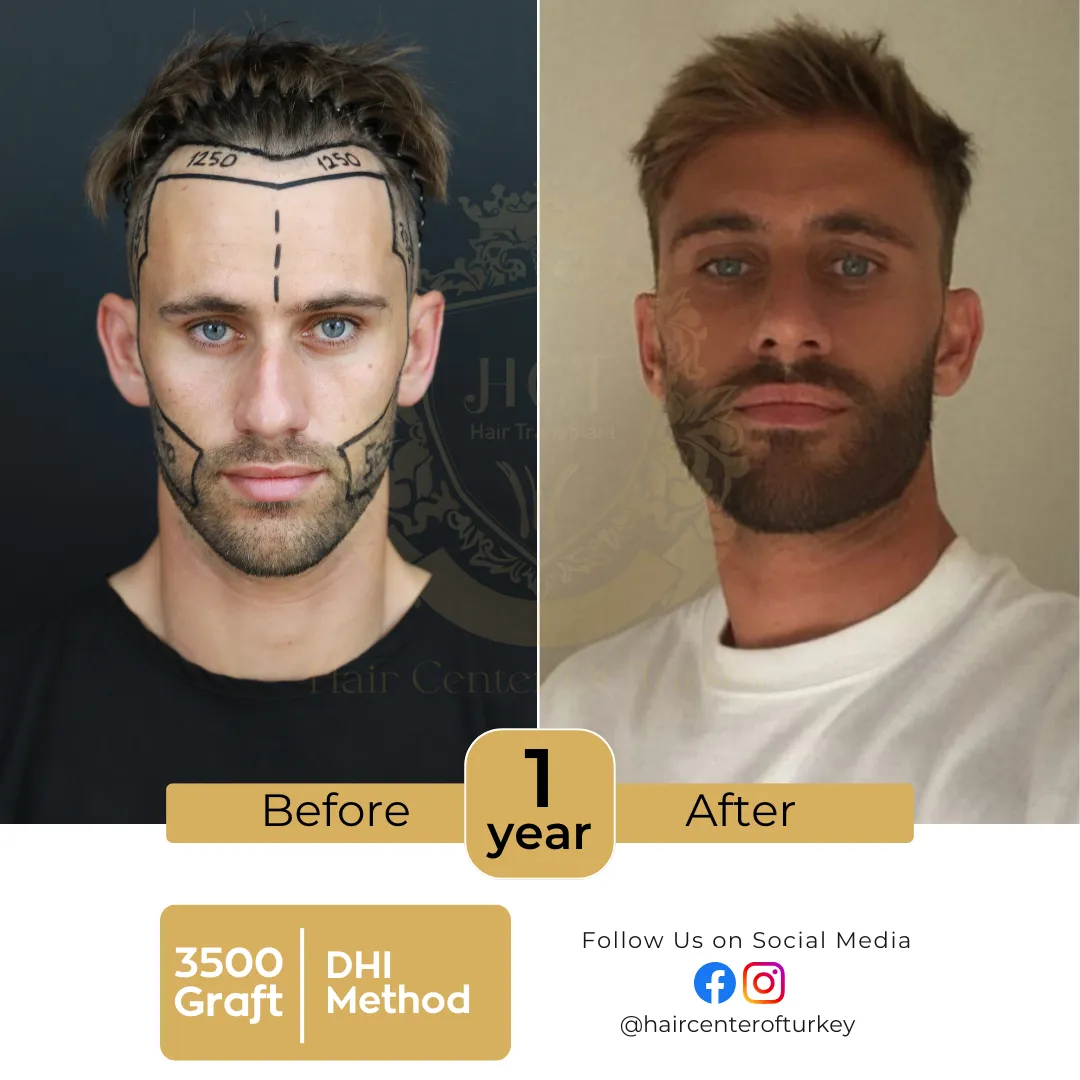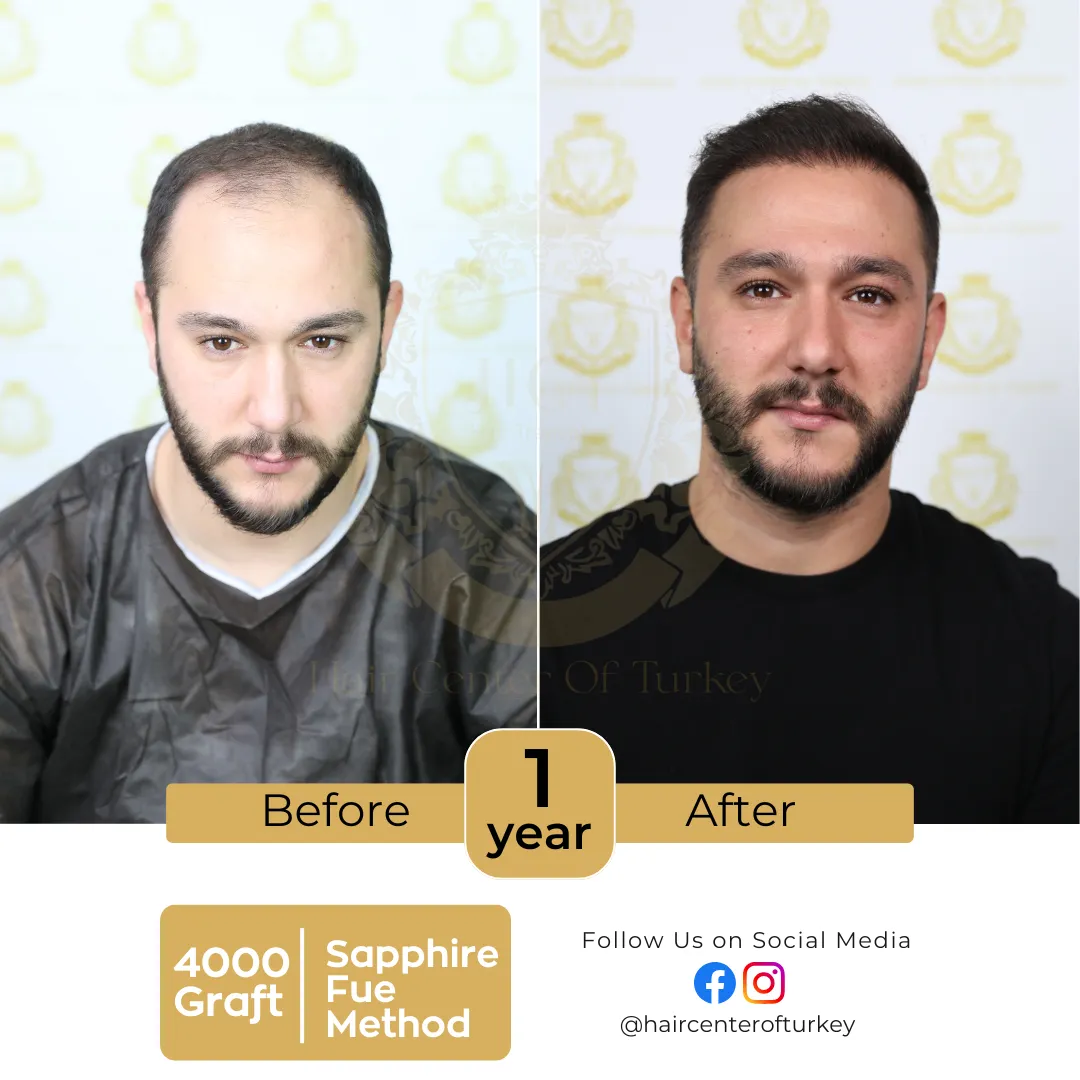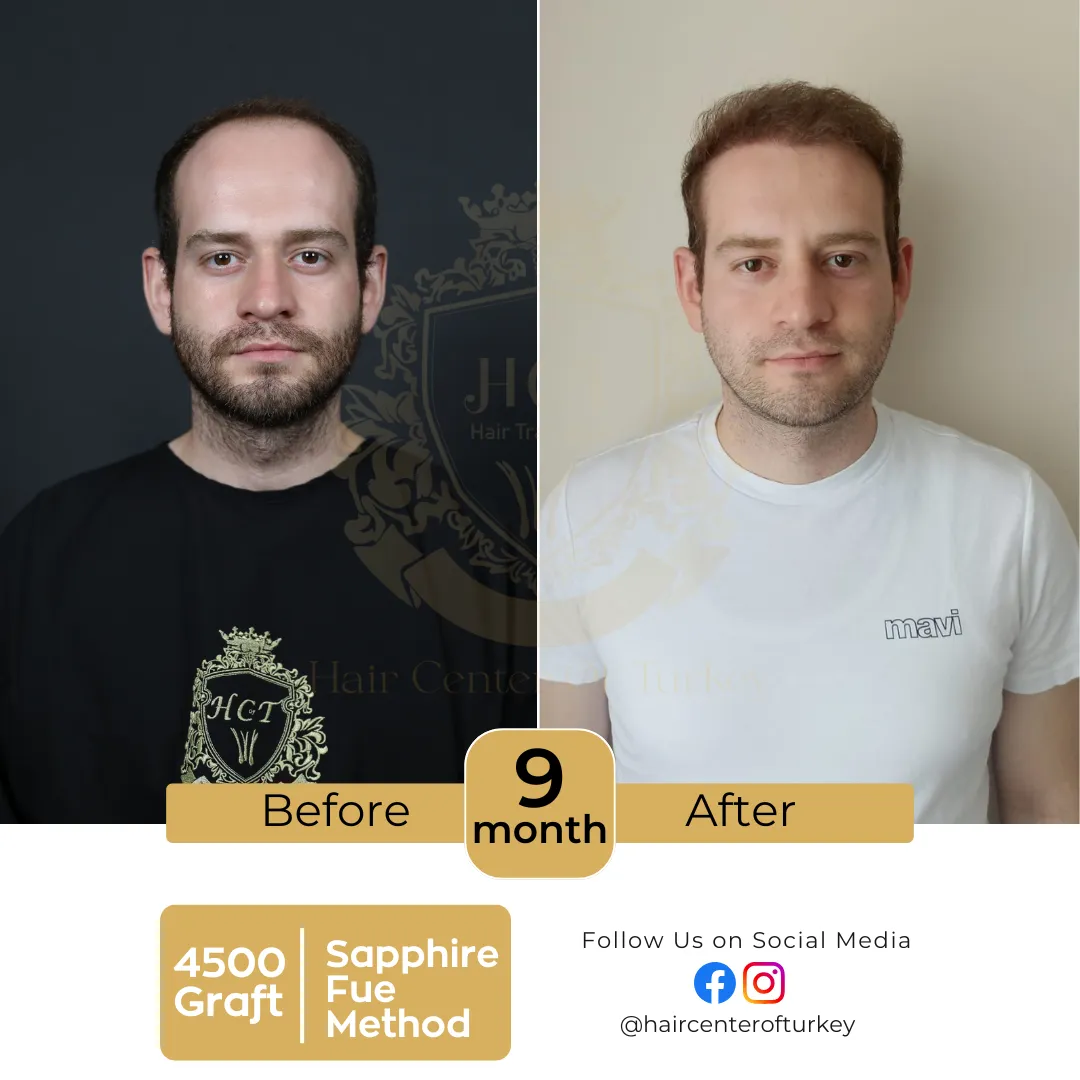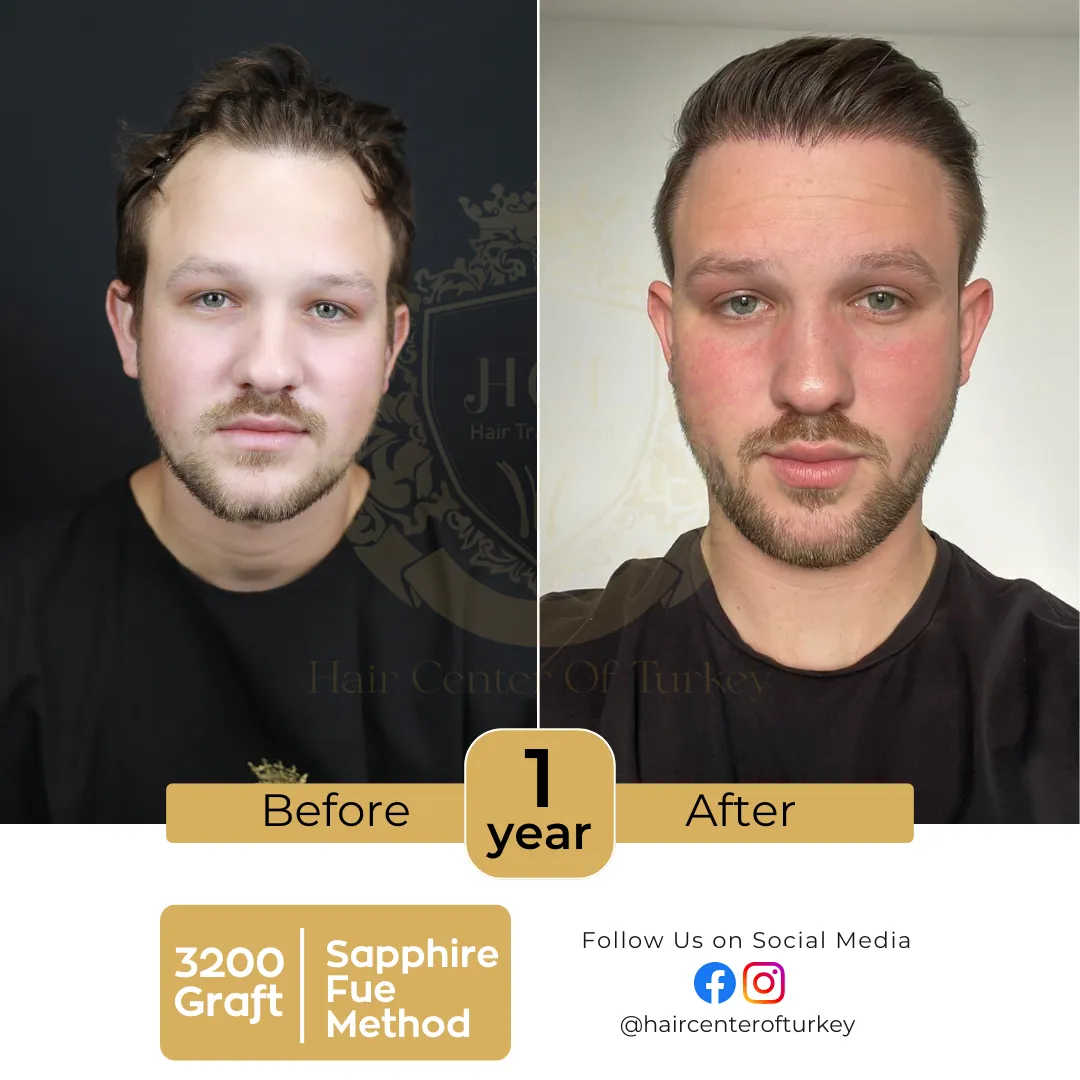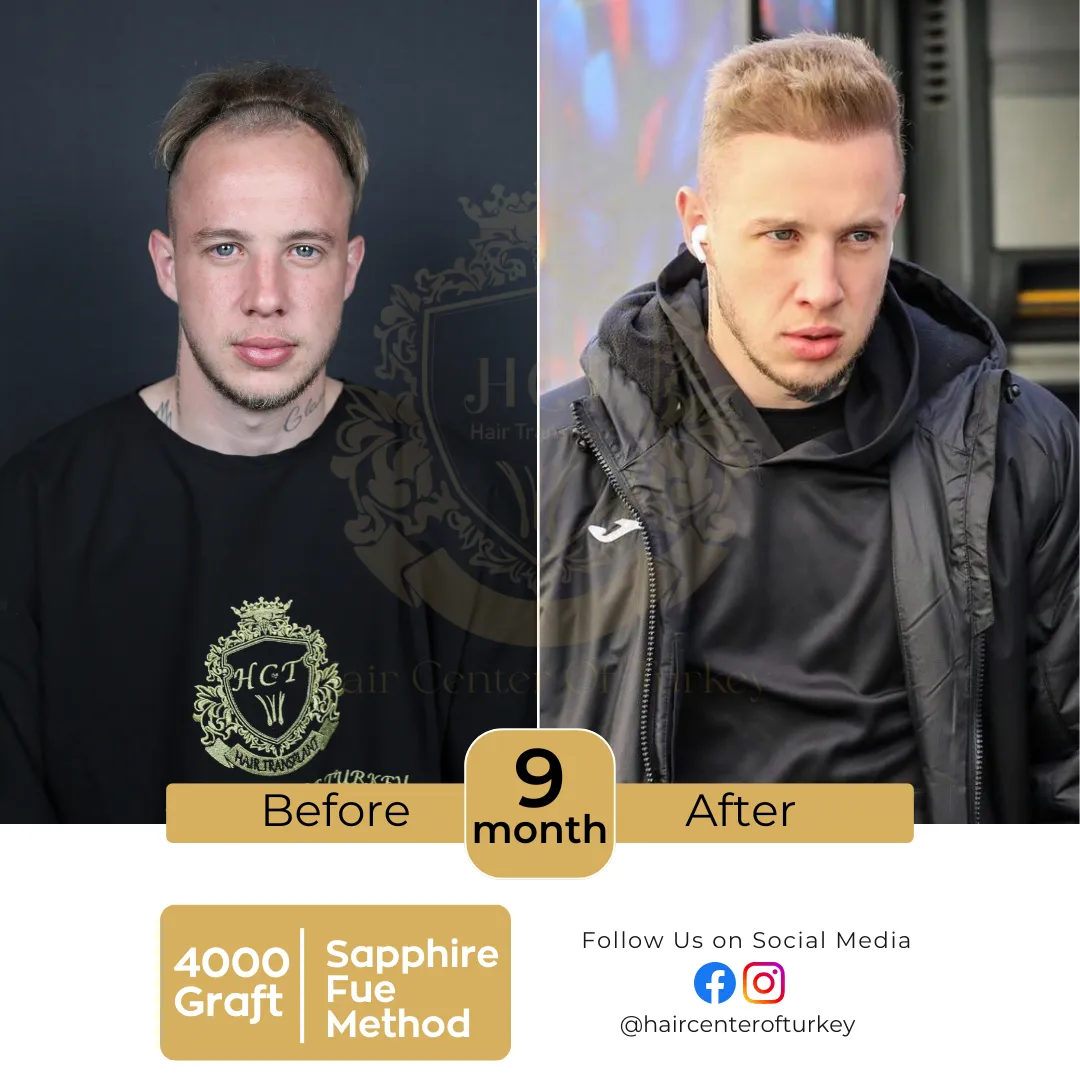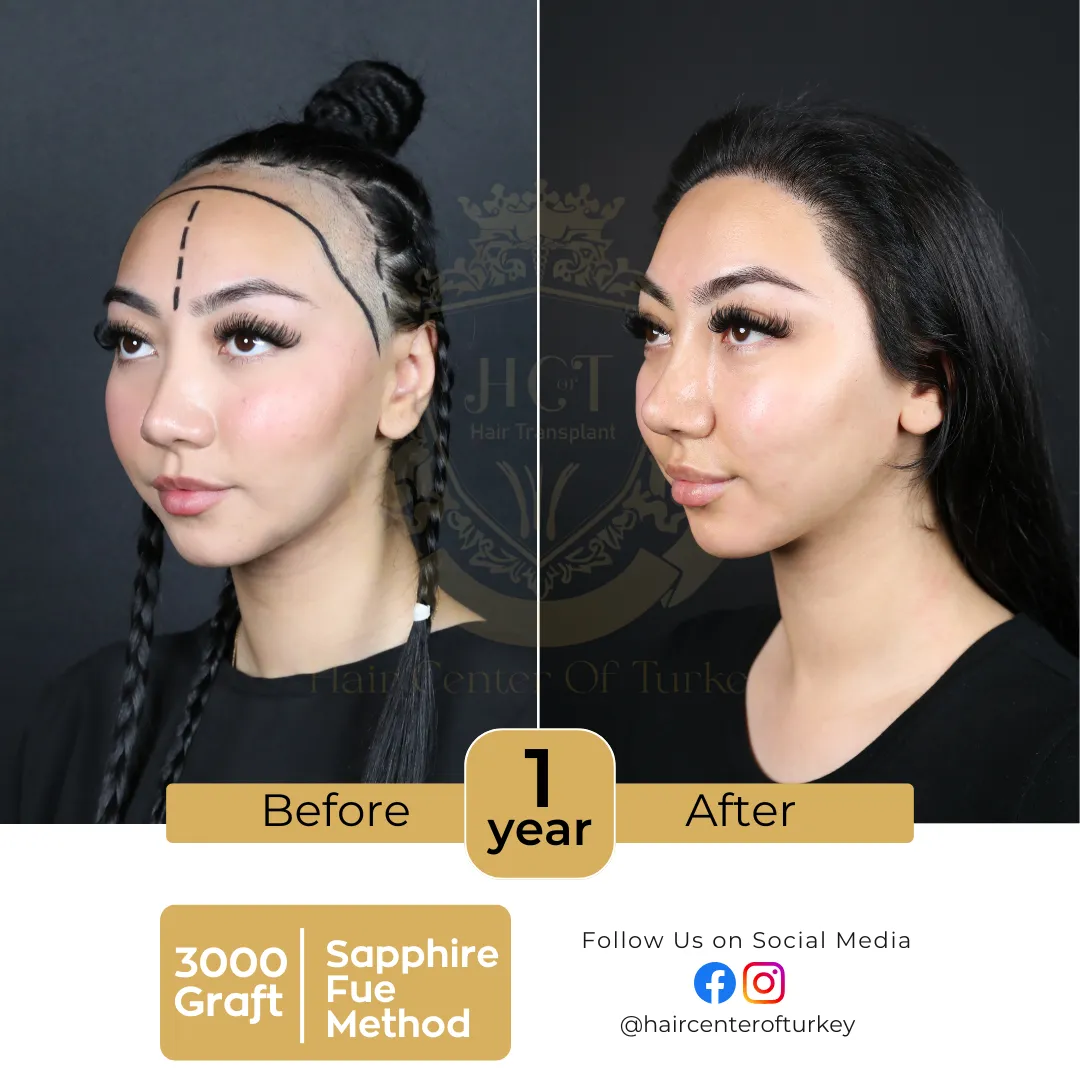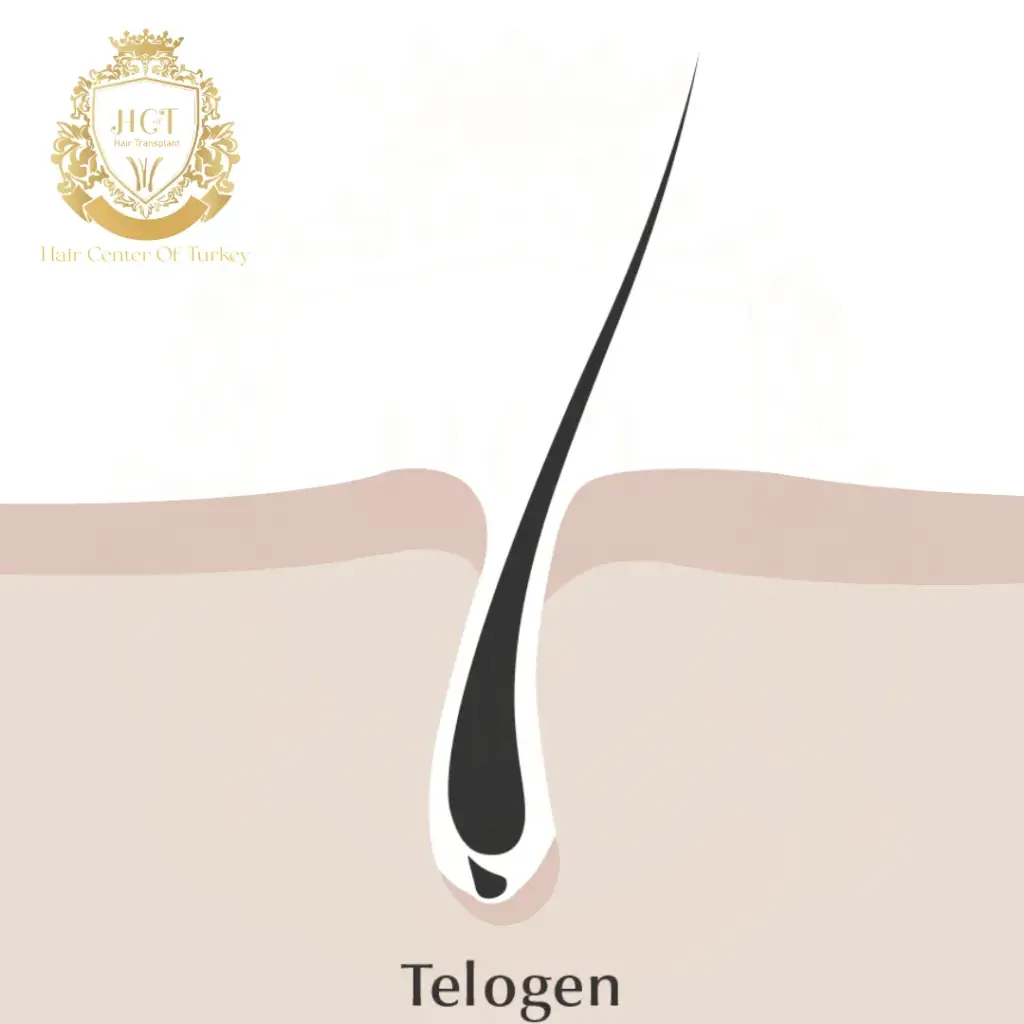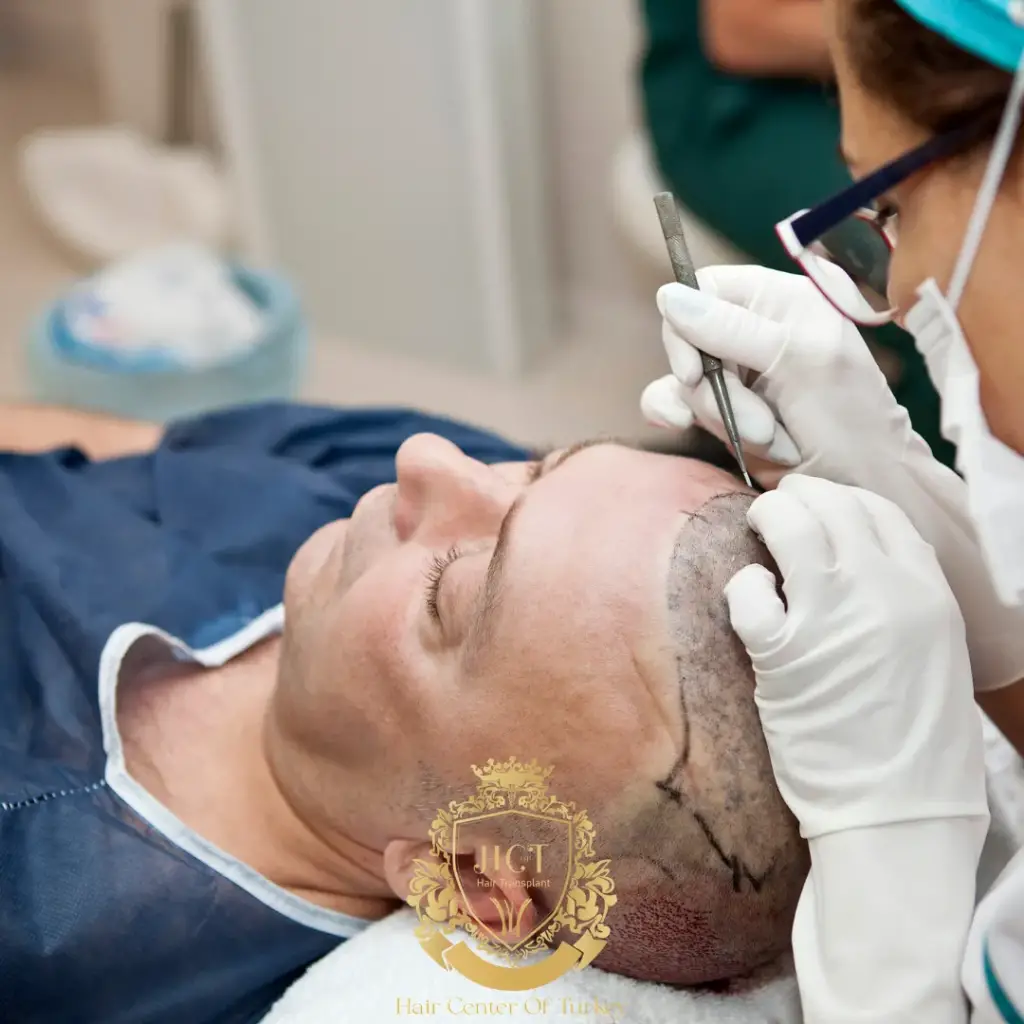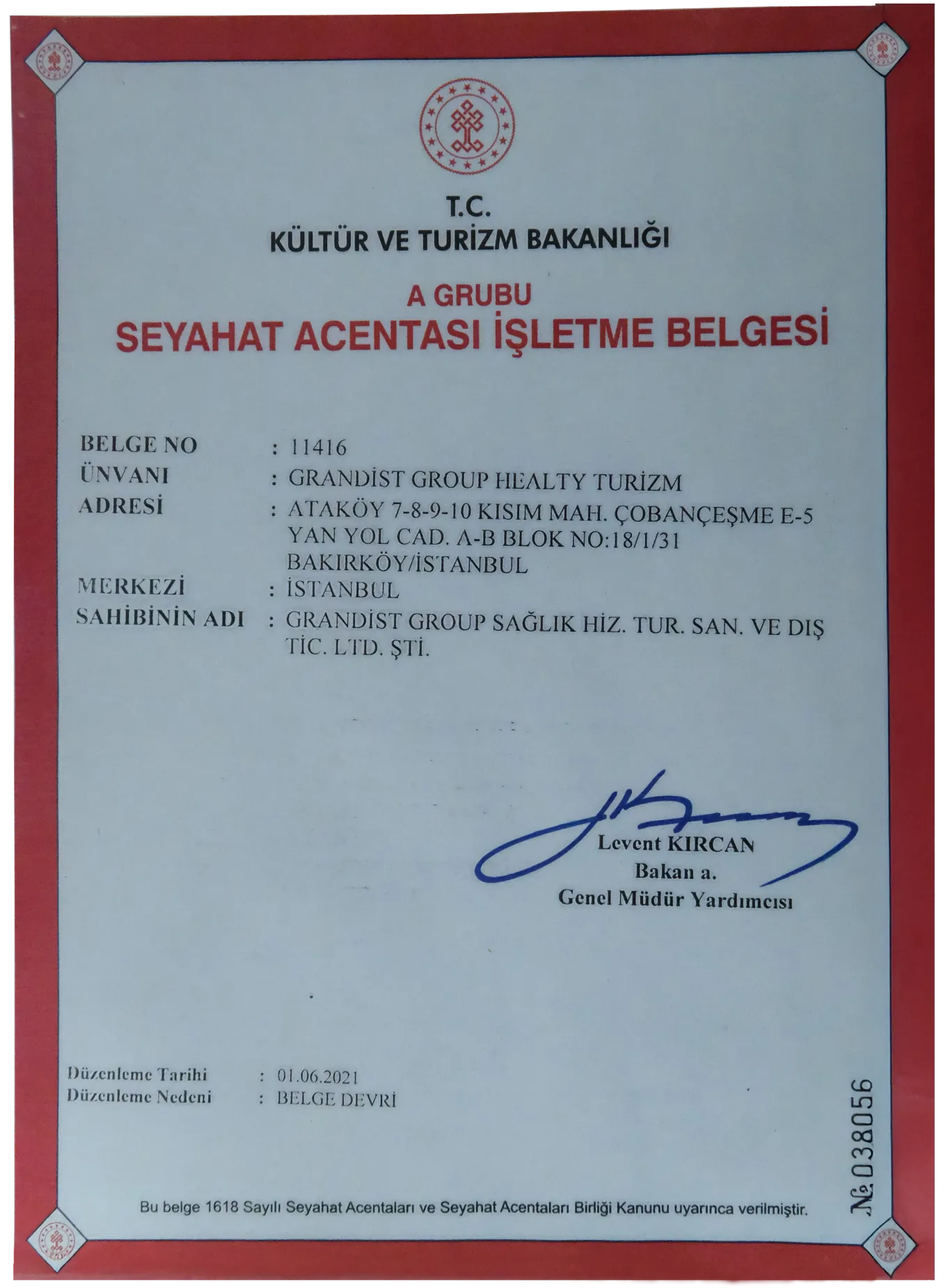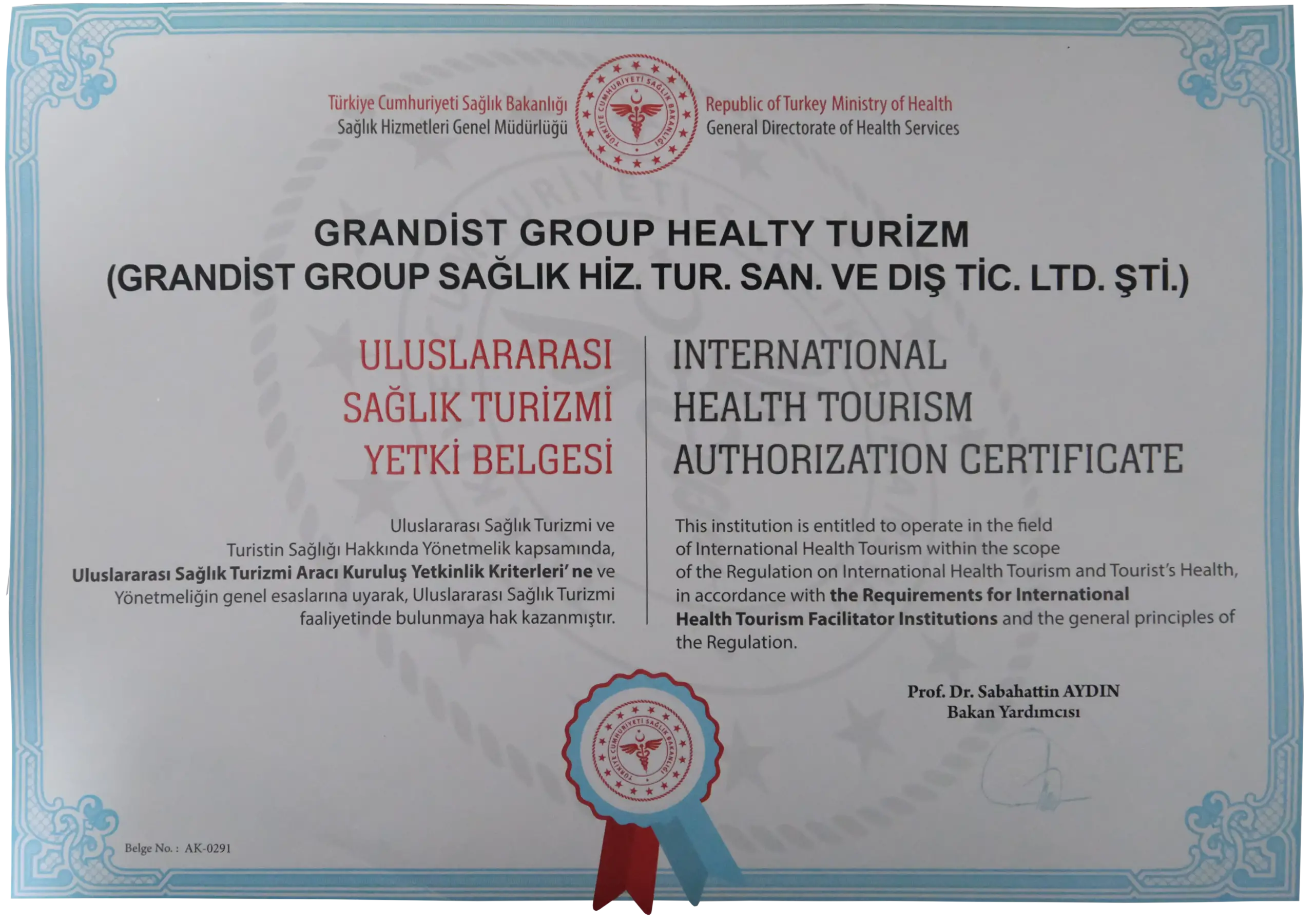What Is Tinea Capitis and How Can It Be Treated?
Tinea capitis, also known as scalp ringworm, is a common fungal infection that affects the scalp and hair shafts. It primarily impacts children but can also occur in adults. The condition is caused by dermatophyte fungi, which feed on keratin found in hair and skin. If left untreated, tinea capitis can lead to hair loss, scalp inflammation, and in some cases, permanent scarring. In this article, we’ll explain what tinea capitis is, how to recognize its symptoms, and the most effective treatment options available.
What Causes Tinea Capitis?
Tinea capitis is caused by dermatophytes such as Trichophyton and Microsporum species. These fungi are highly contagious and spread through:
- Direct skin-to-skin contact with an infected person or animal
- Sharing contaminated combs, hats, towels, or pillows
- Contact with infected surfaces in public places like gyms or pools
Children are more susceptible due to their less developed immune systems and close-contact activities in schools or daycare centers.
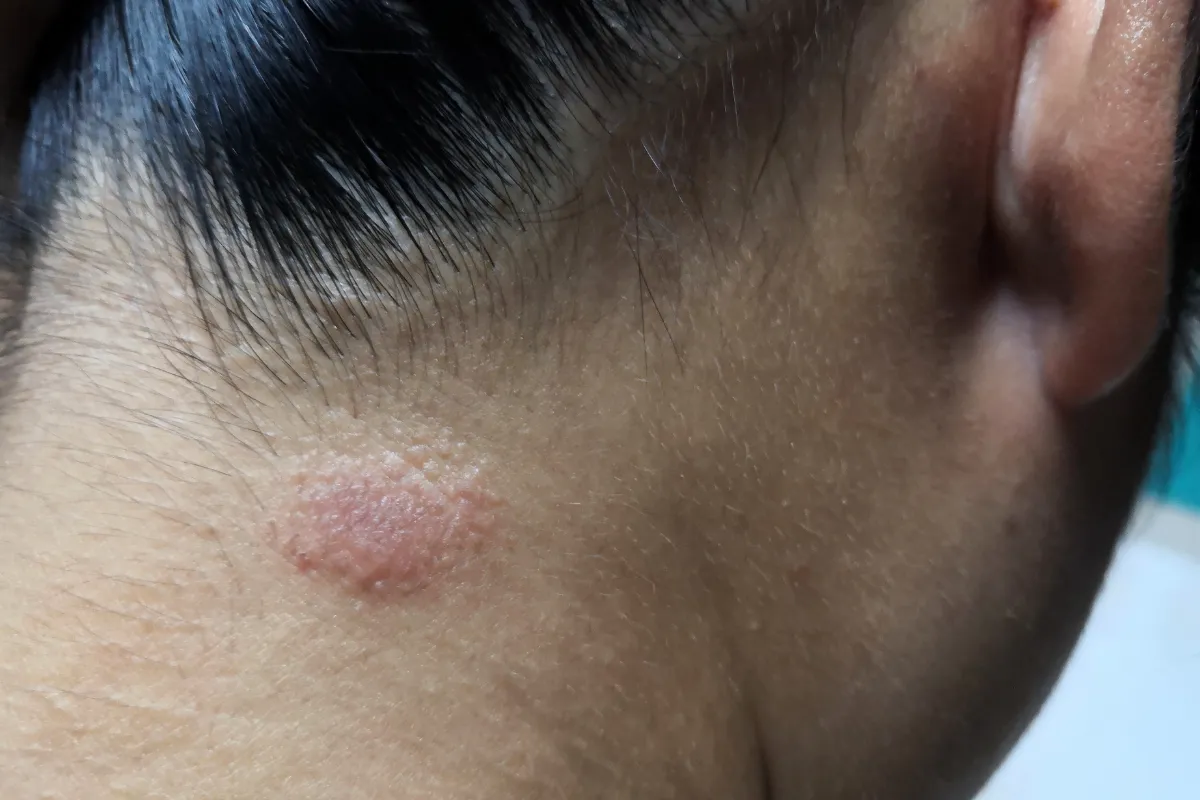
What Are the Symptoms of Tinea Capitis?
The symptoms of tinea capitis may vary depending on the type of fungus and severity of the infection. Common signs include:
- Round, scaly, and itchy patches on the scalp
- Brittle or broken hairs, leading to bald spots
- Black dots on the scalp where hair has broken off
- Swelling, redness, or pus-filled bumps in severe cases
- Tender lymph nodes around the neck
In some cases, a severe inflammatory response called a kerion may develop, resulting in oozing lesions, pain, and potential scarring.
How Is Tinea Capitis Diagnosed?
Tinea capitis is usually diagnosed by a dermatologist through visual examination of the scalp, looking for signs like scaling, patchy hair loss, or broken hairs. To confirm the diagnosis, tests like the Wood’s lamp (UV light to detect fluorescence), microscopic analysis of hair or skin samples, and fungal cultures may be used to identify the exact fungus.
What Are the Best Treatments for Tinea Capitis?
Because the infection affects hair follicles under the scalp, oral antifungal medications are required. Griseofulvin (6–8 weeks) and terbinafine (around 4 weeks) are the most common. In stubborn cases, itraconazole or fluconazole may be used.
Medicated shampoos containing ketoconazole or selenium sulfide are often recommended alongside oral treatment to reduce surface fungus and prevent spread.
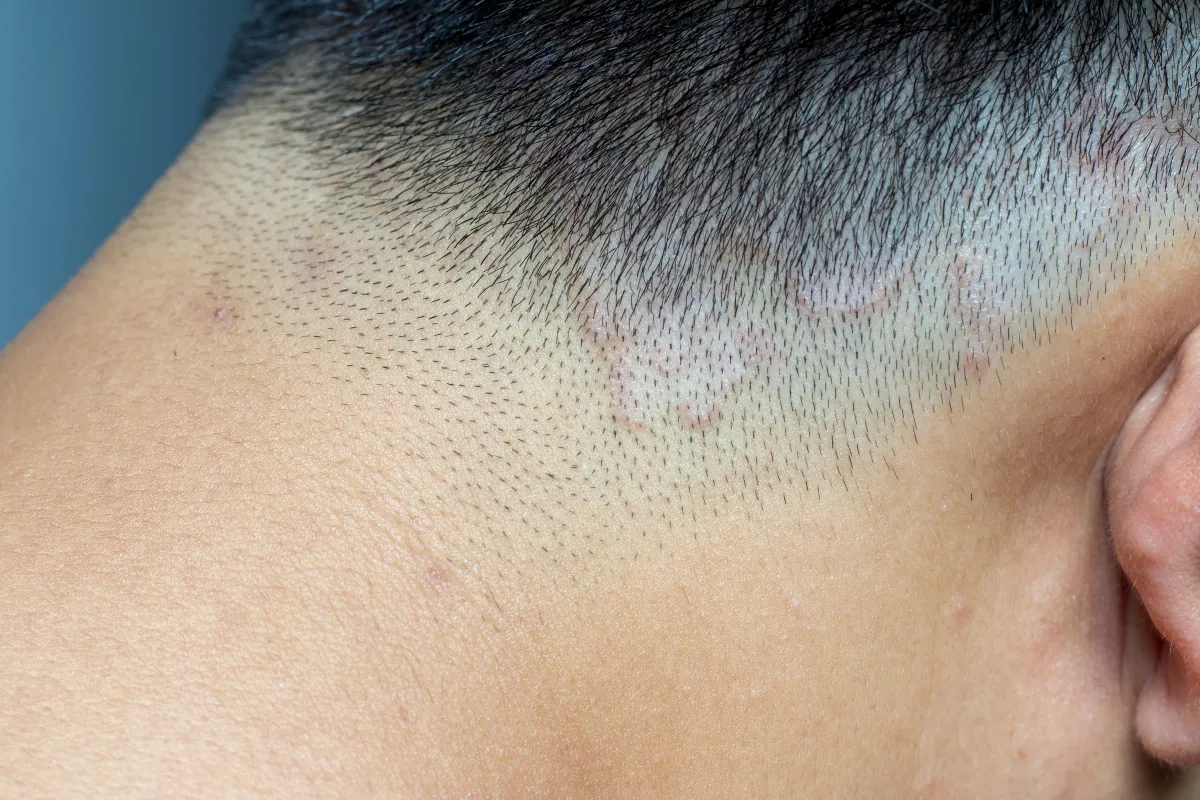
Can Tinea Capitis Be Prevented?
Yes. Avoid sharing combs, hats, or towels, especially with infected individuals. Wash bedding and clothing regularly. Pets showing skin issues should be checked by a vet. Teaching children good hygiene and avoiding contact with infected scalps can also help prevent transmission.
When Should You See a Doctor?
If you notice round patches of hair loss, scaling, or itching on your or your child’s scalp, it’s best to consult a dermatologist. Early treatment can prevent complications like permanent hair loss or spread to others.



